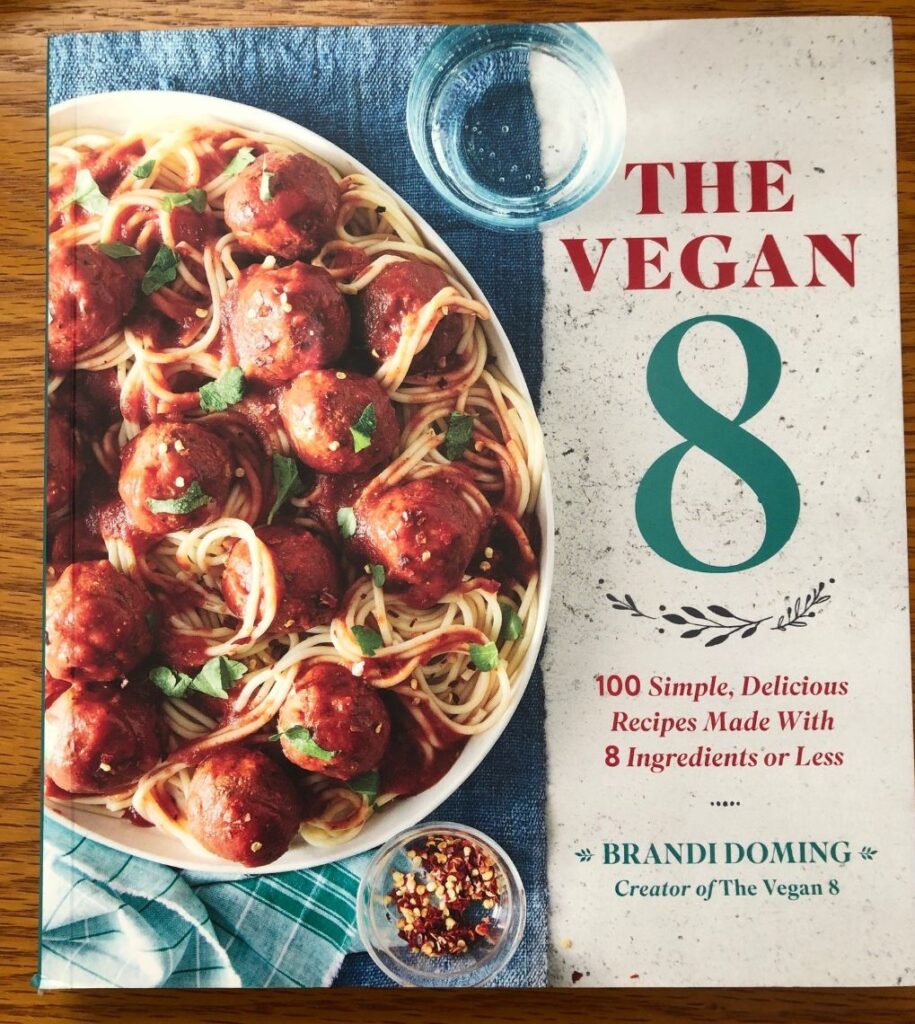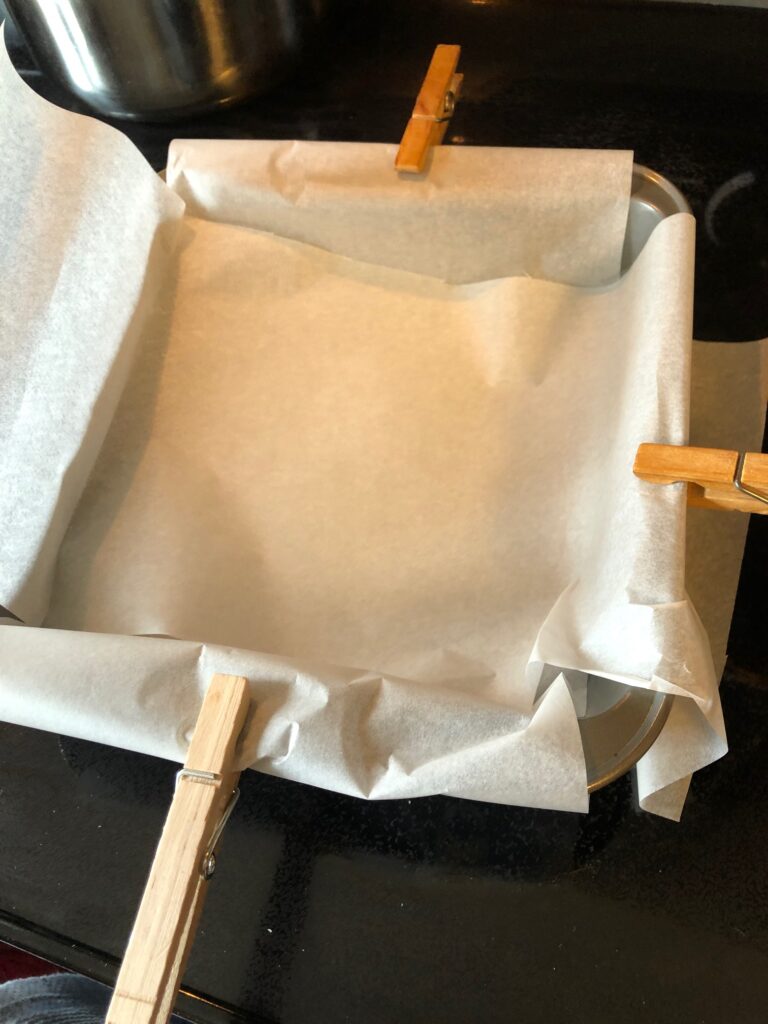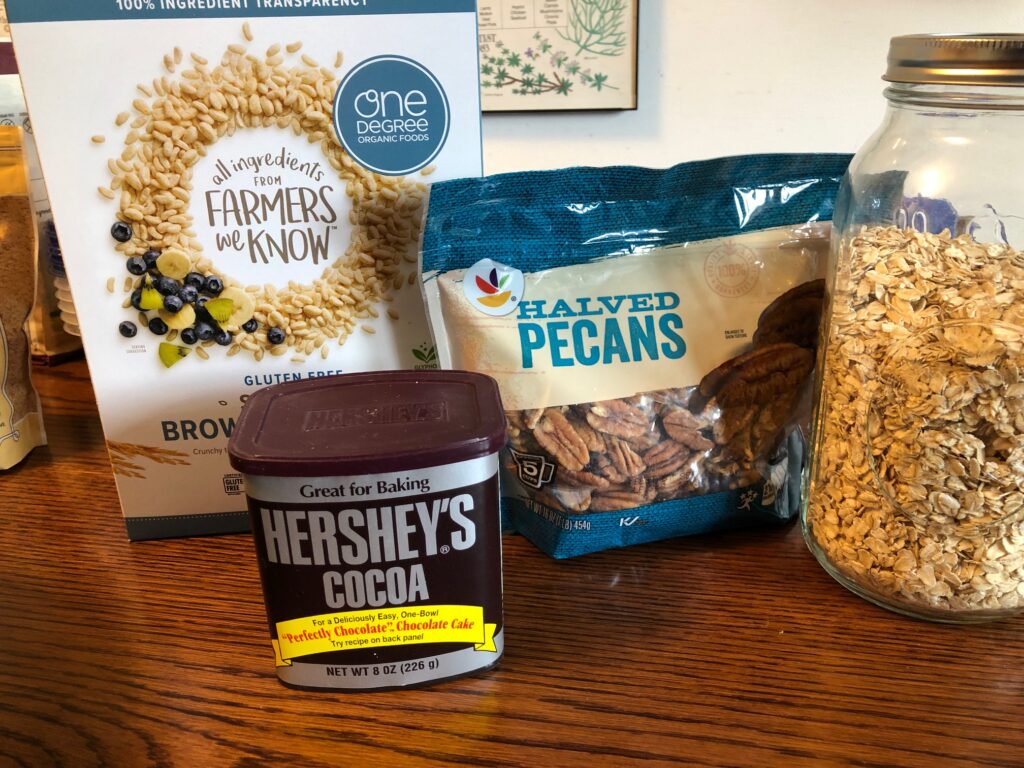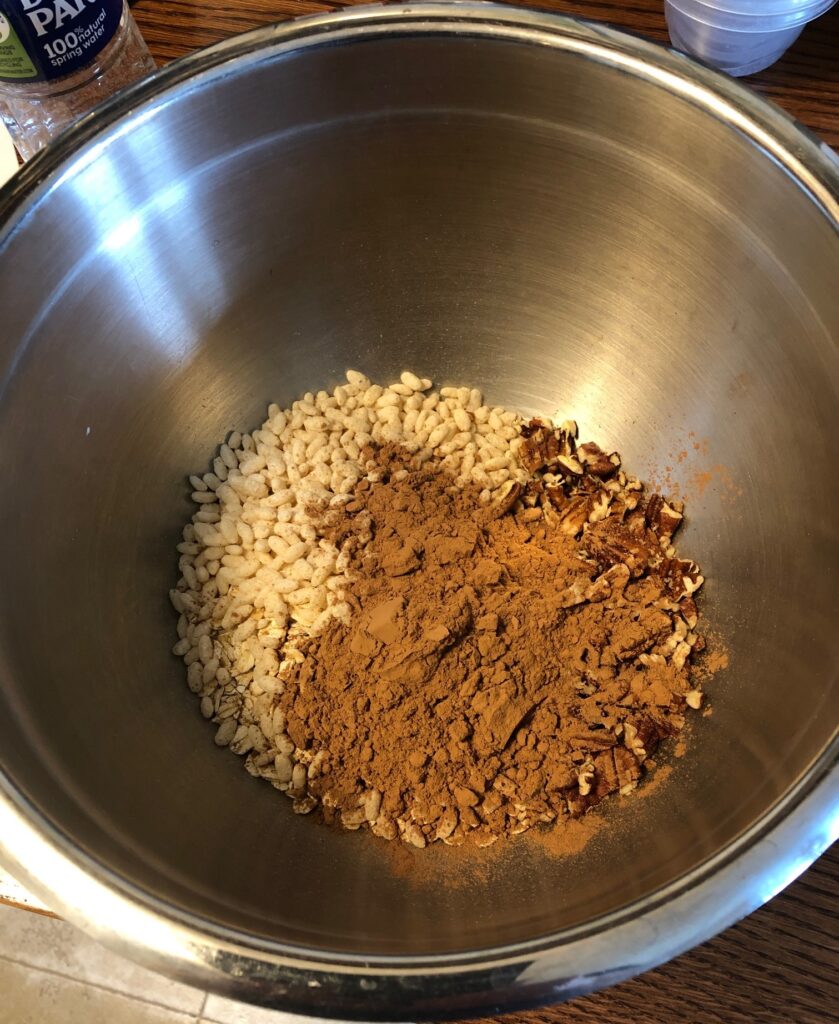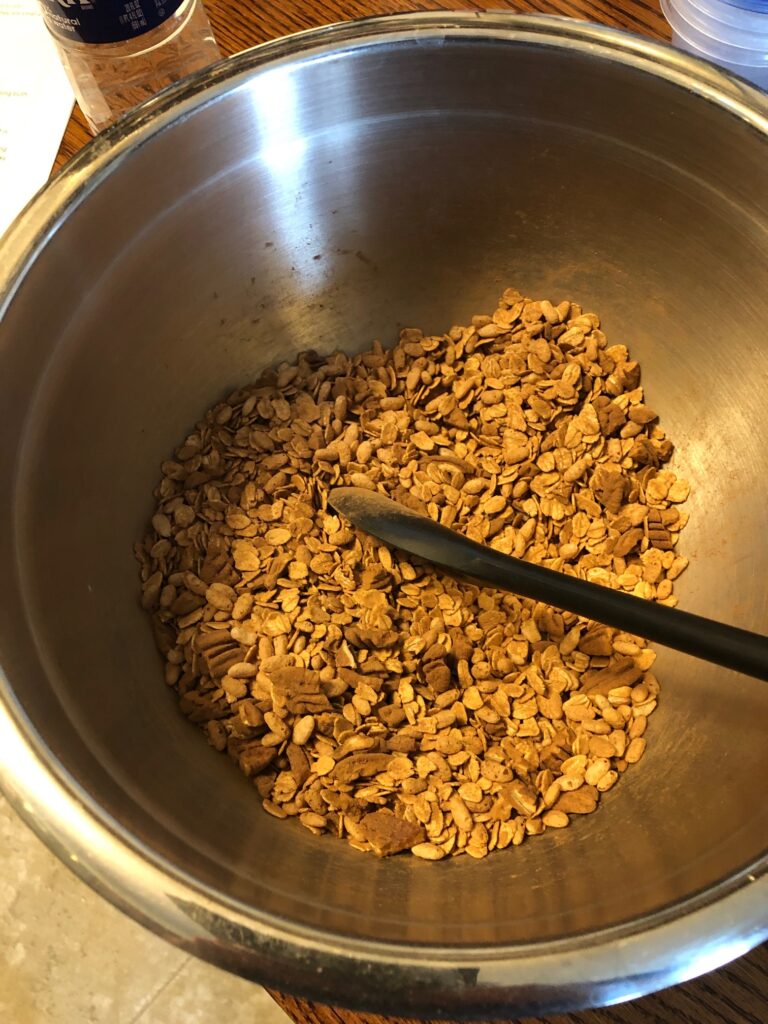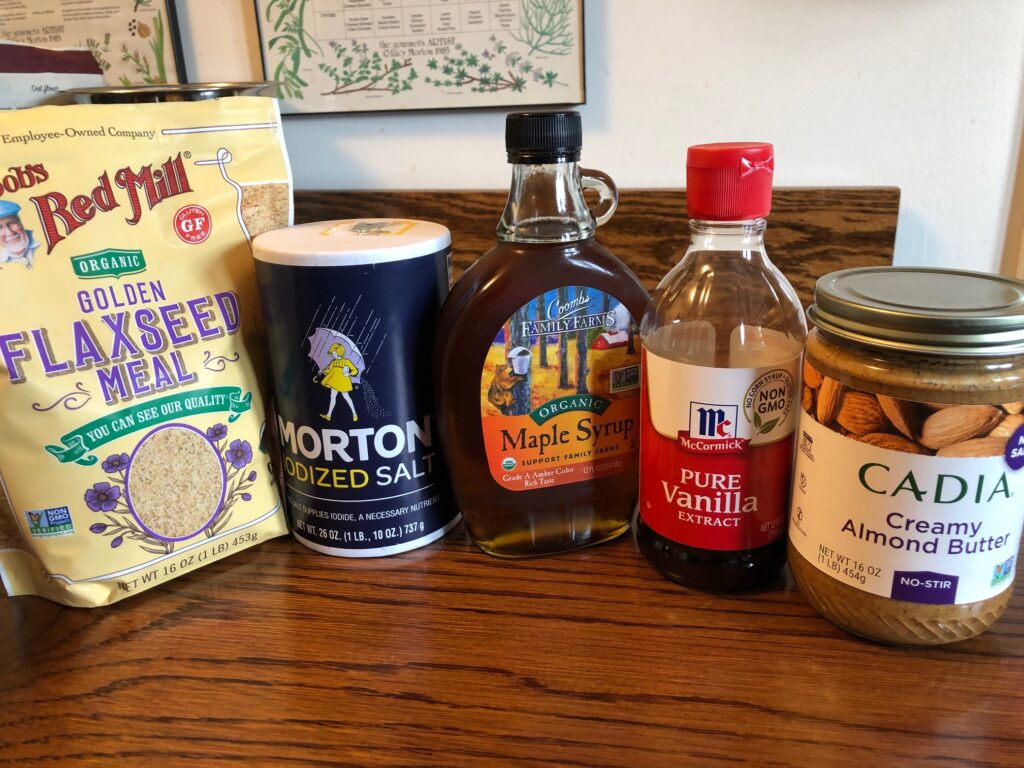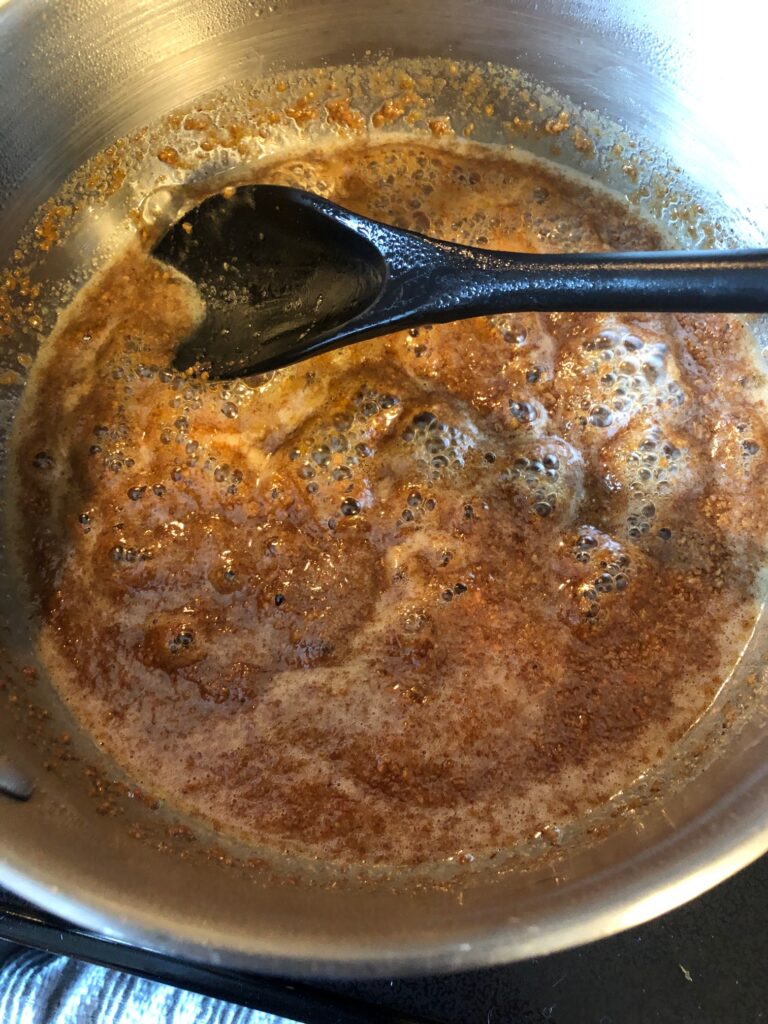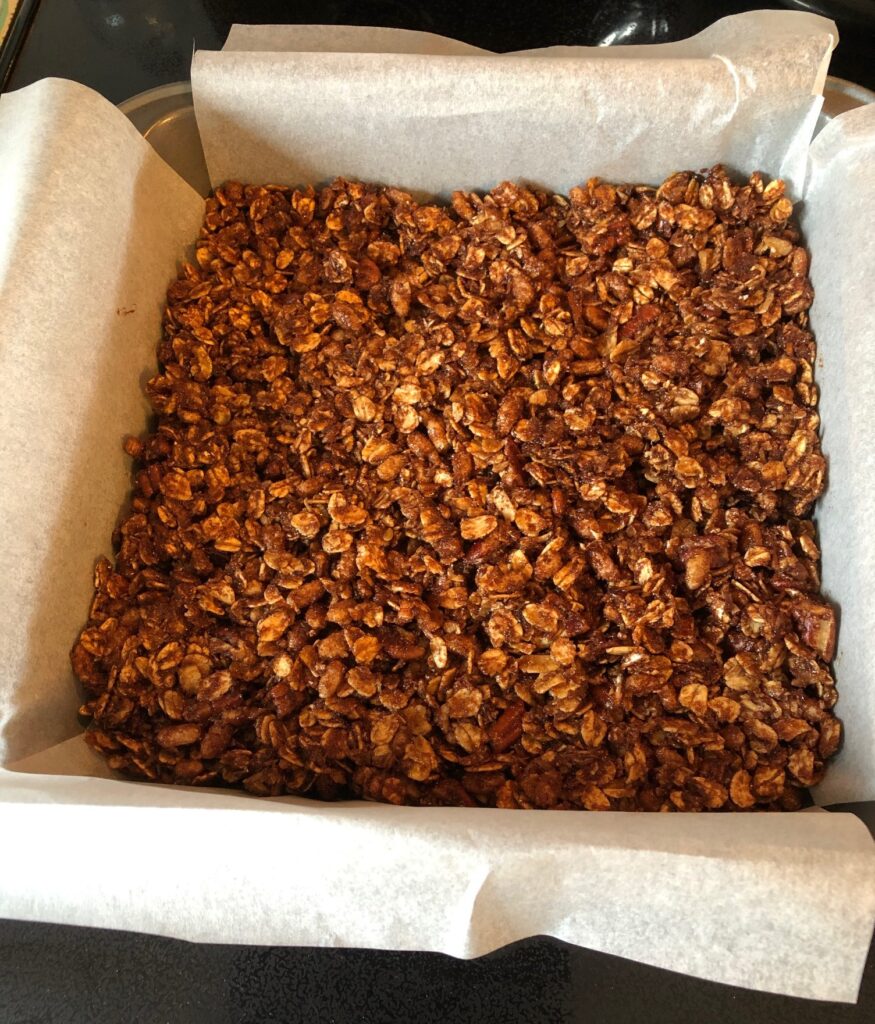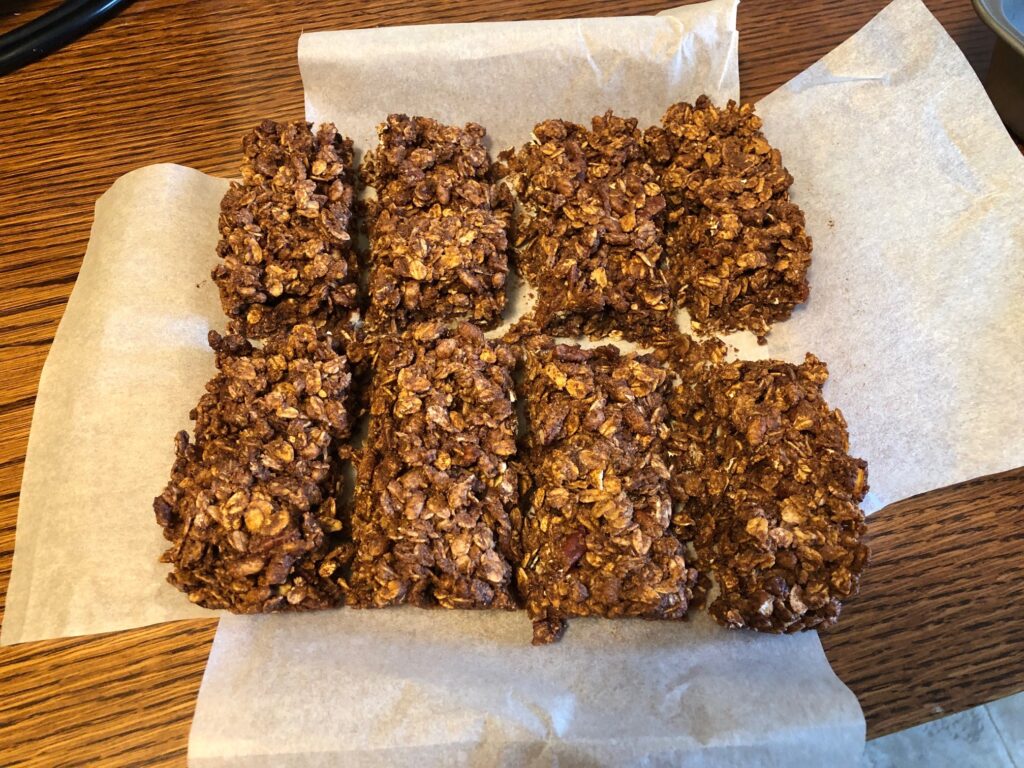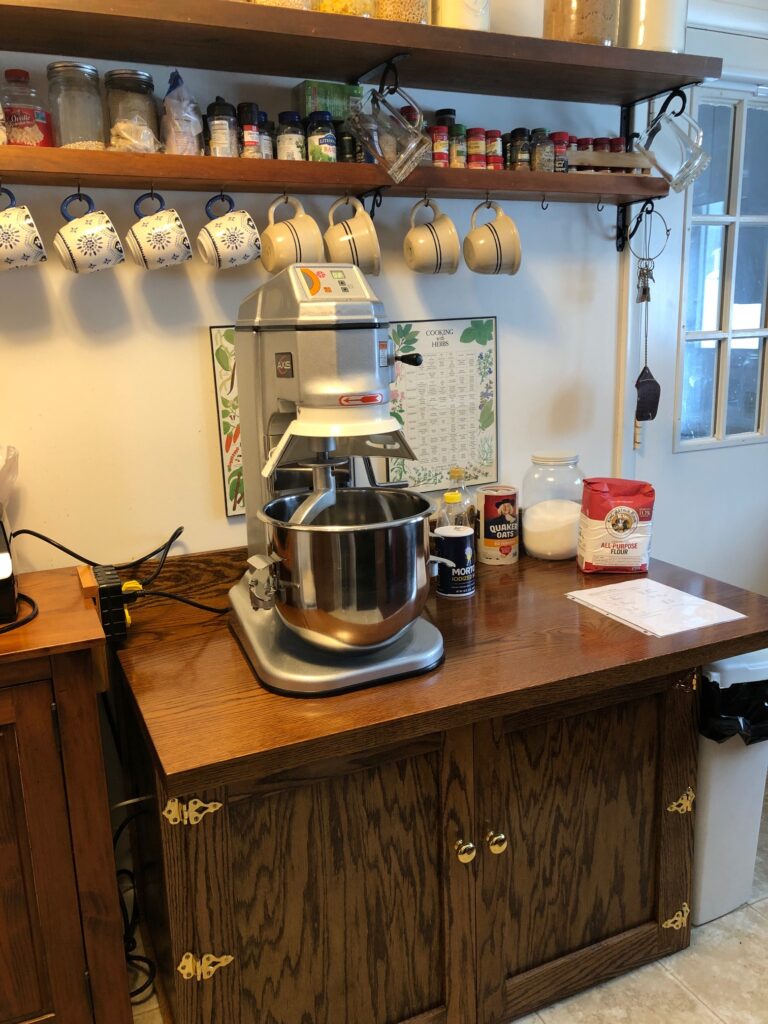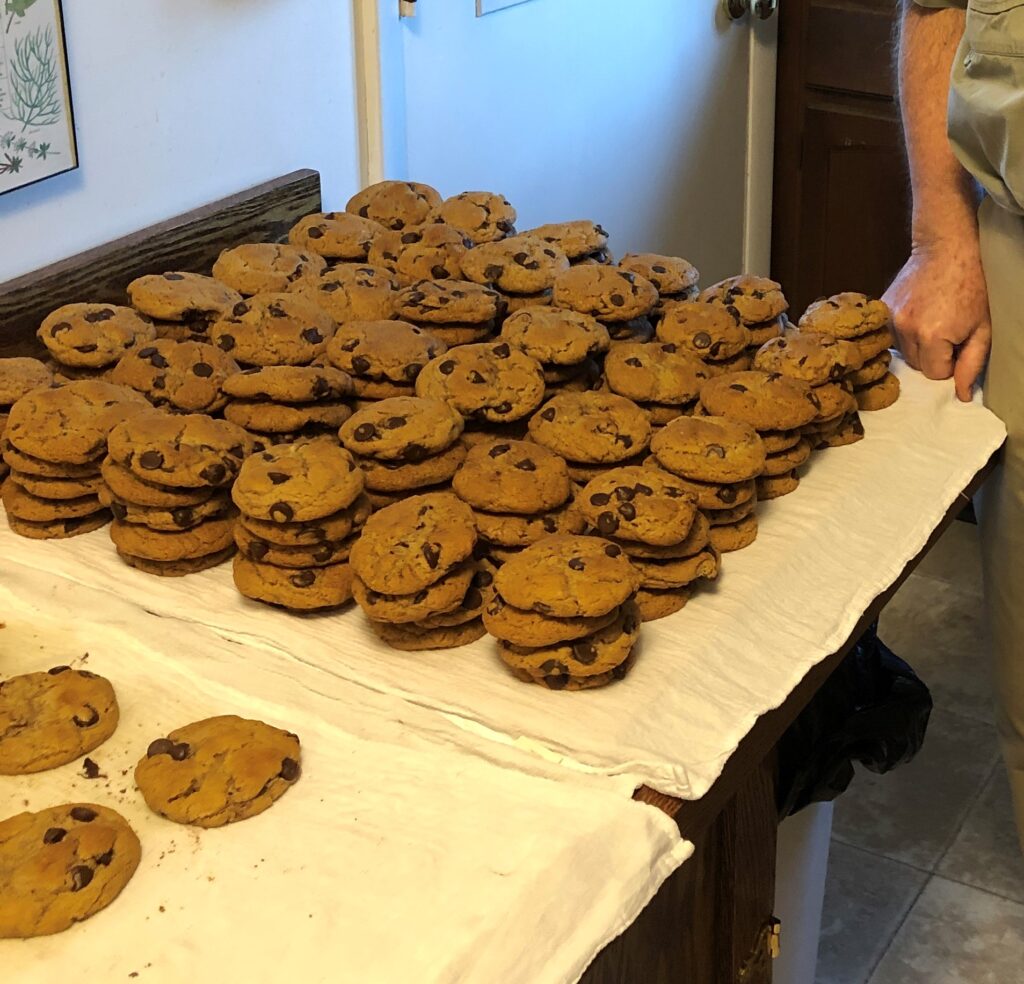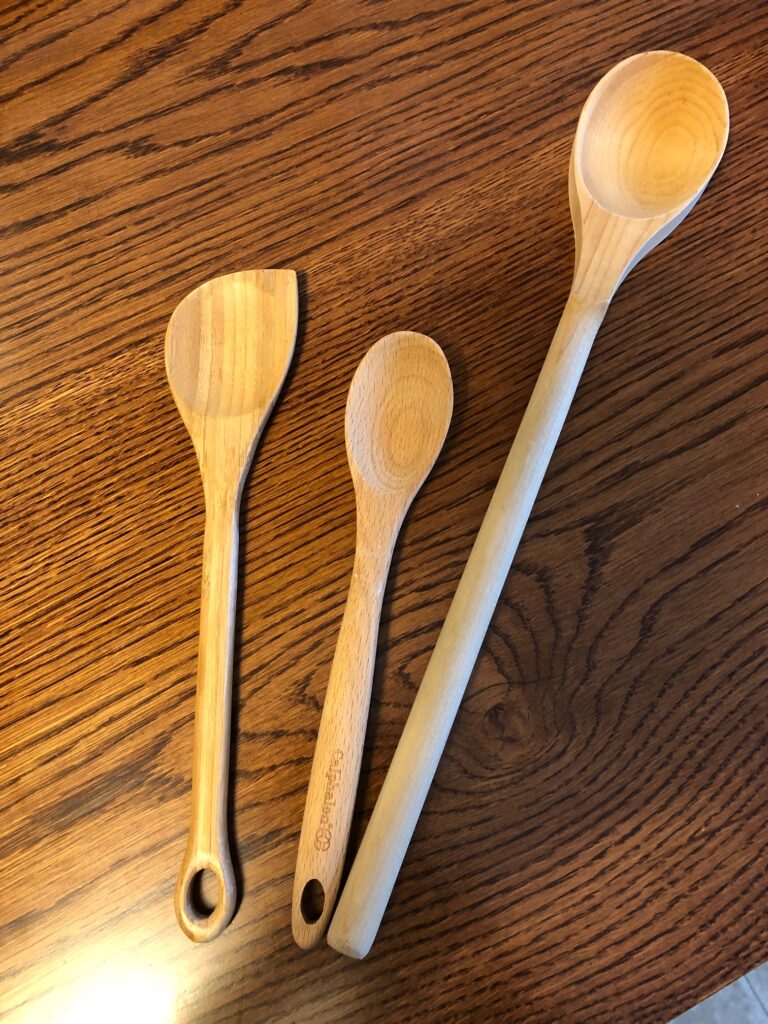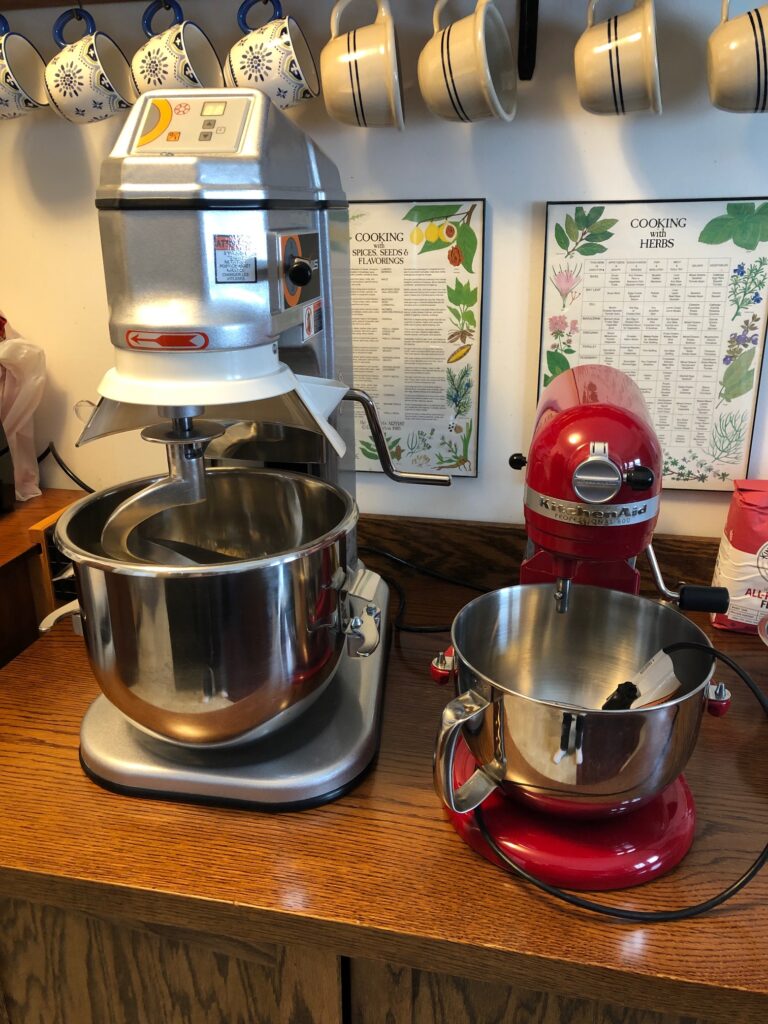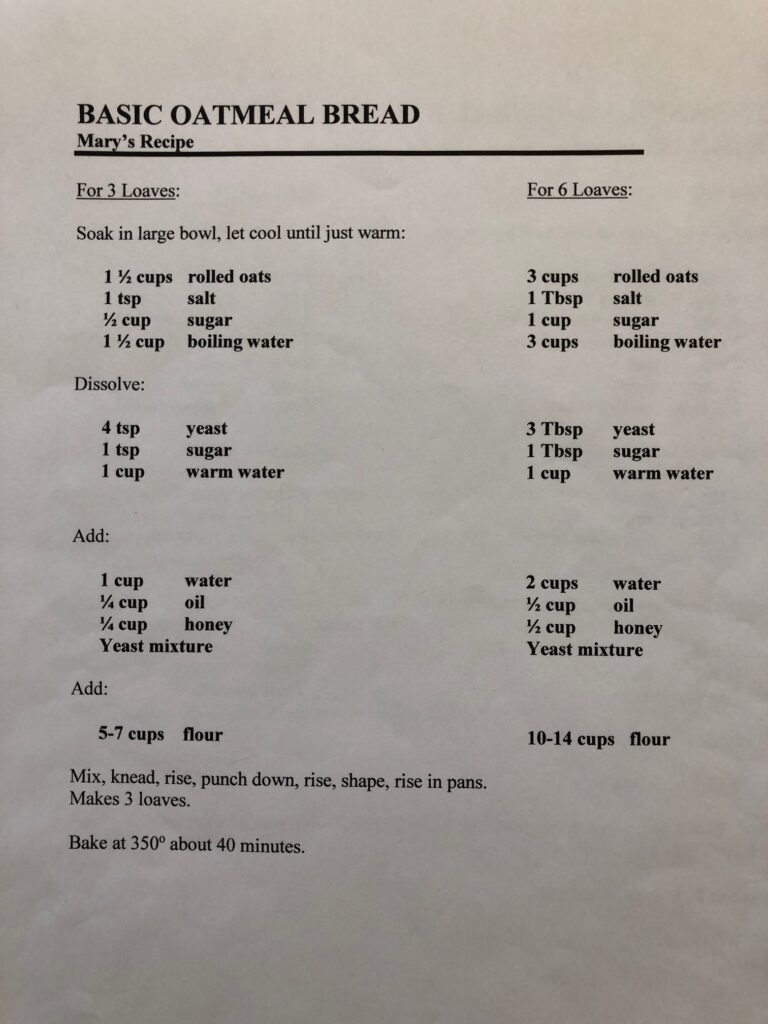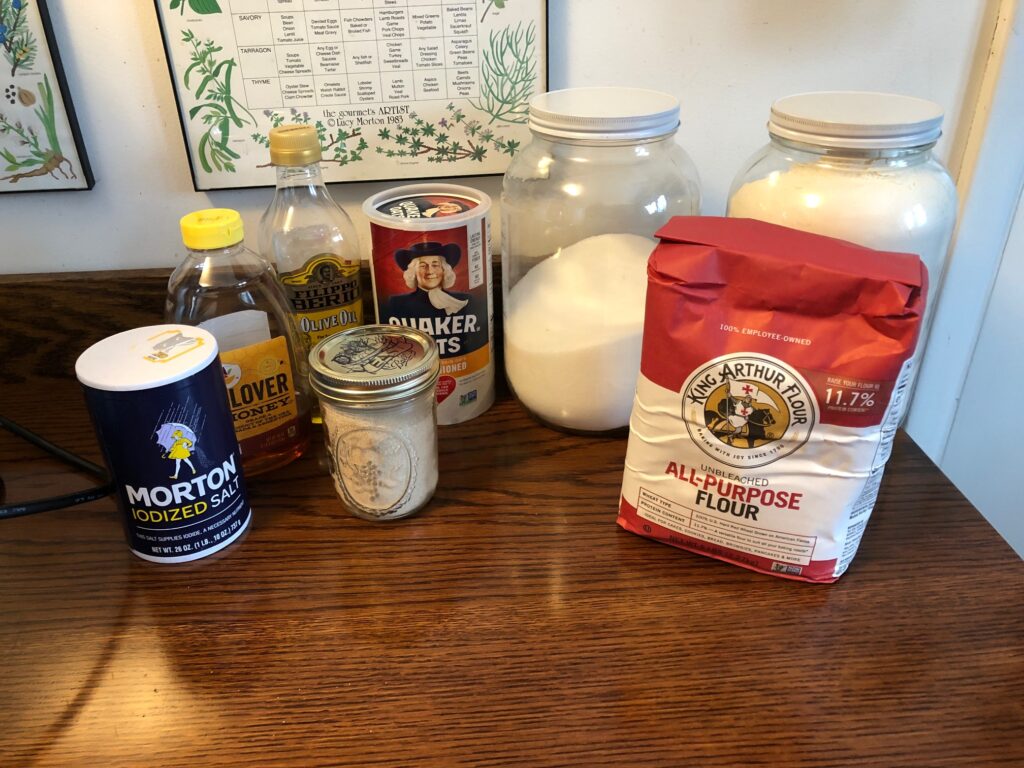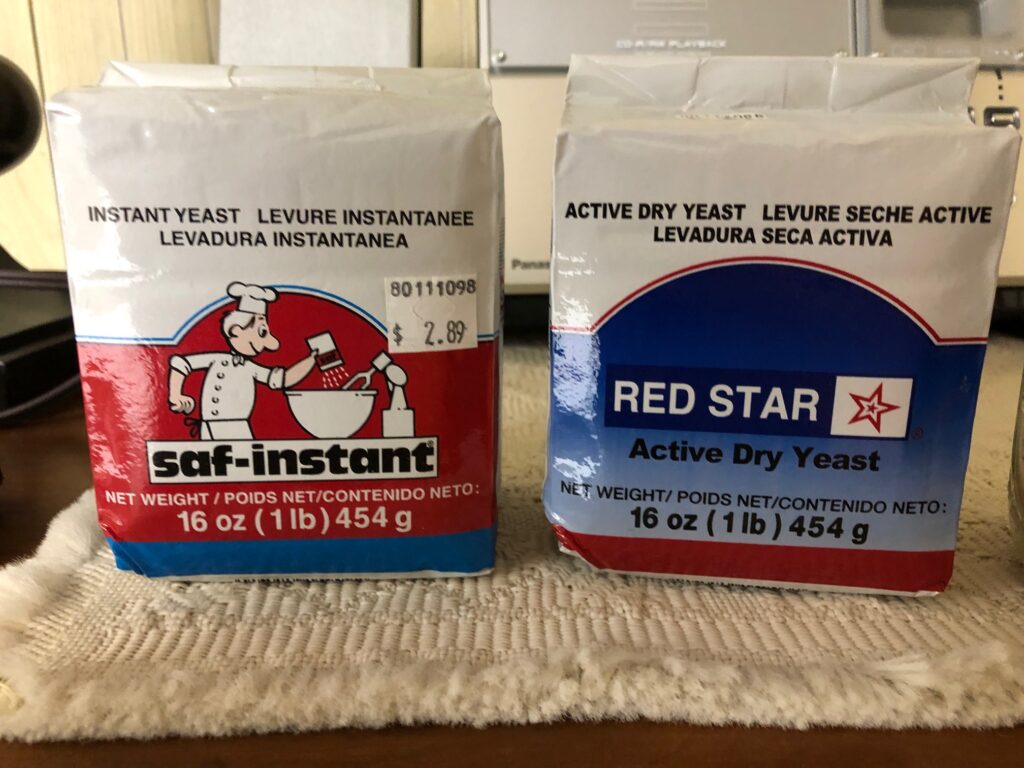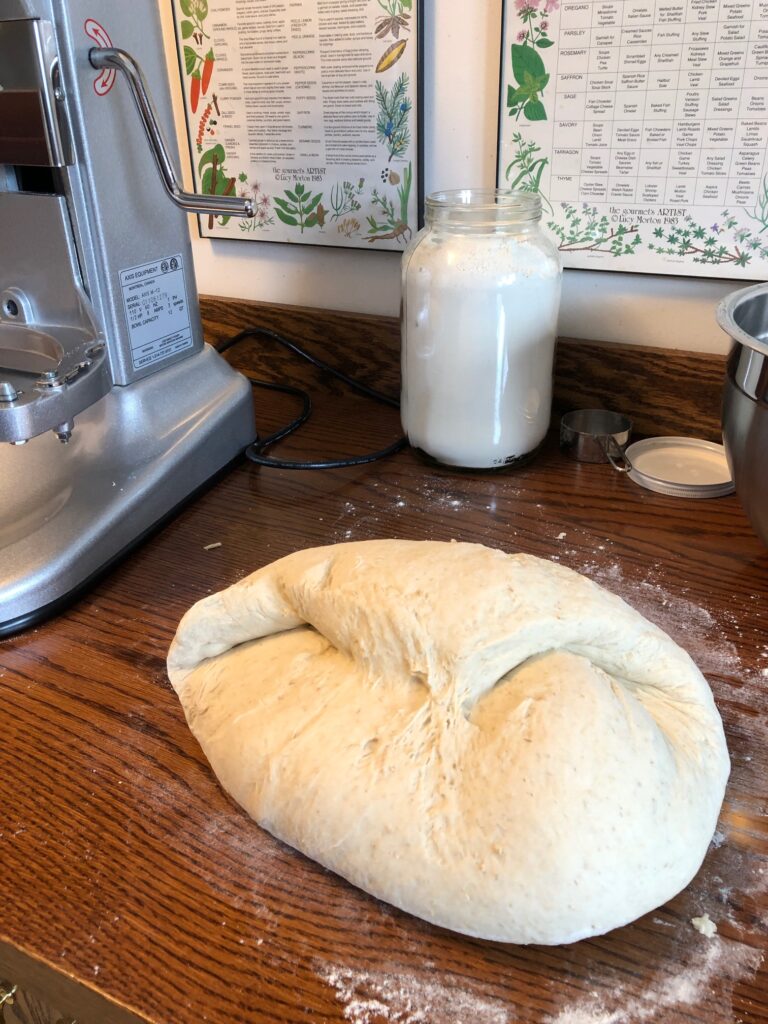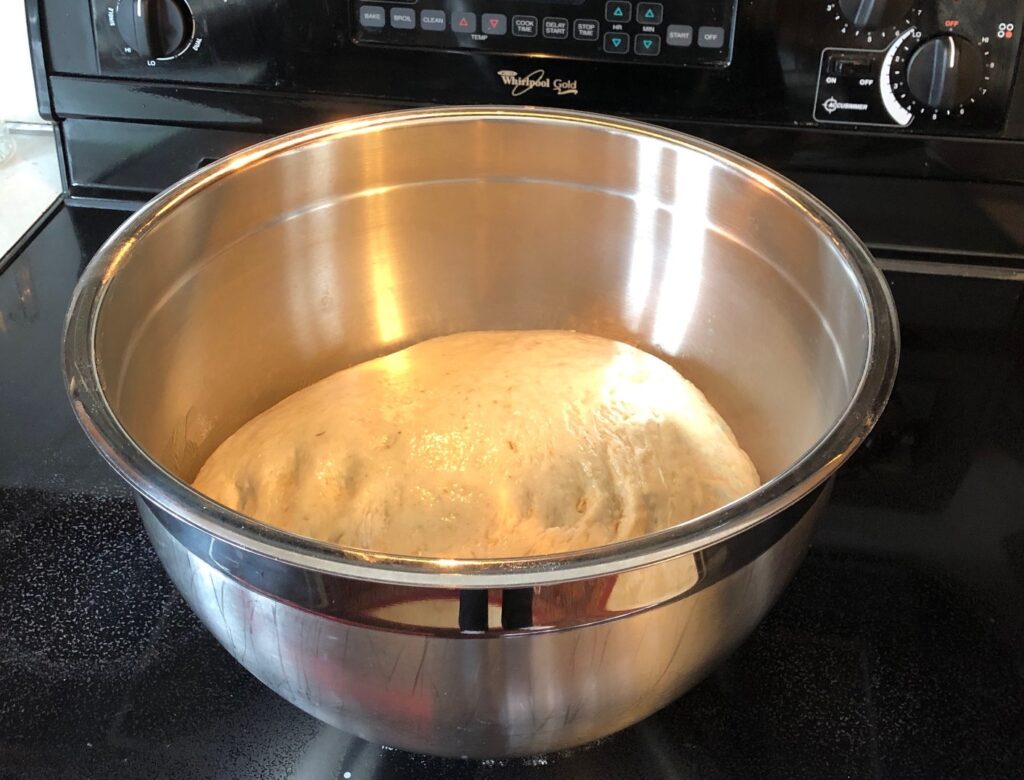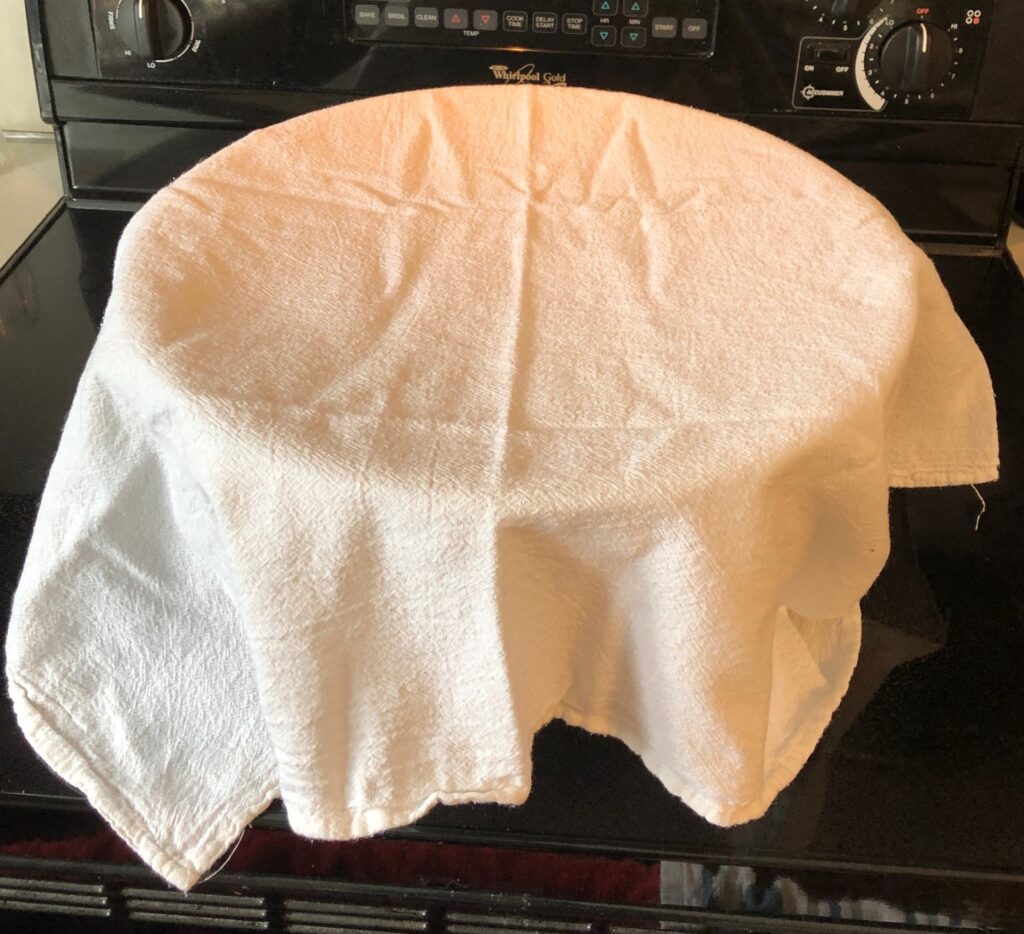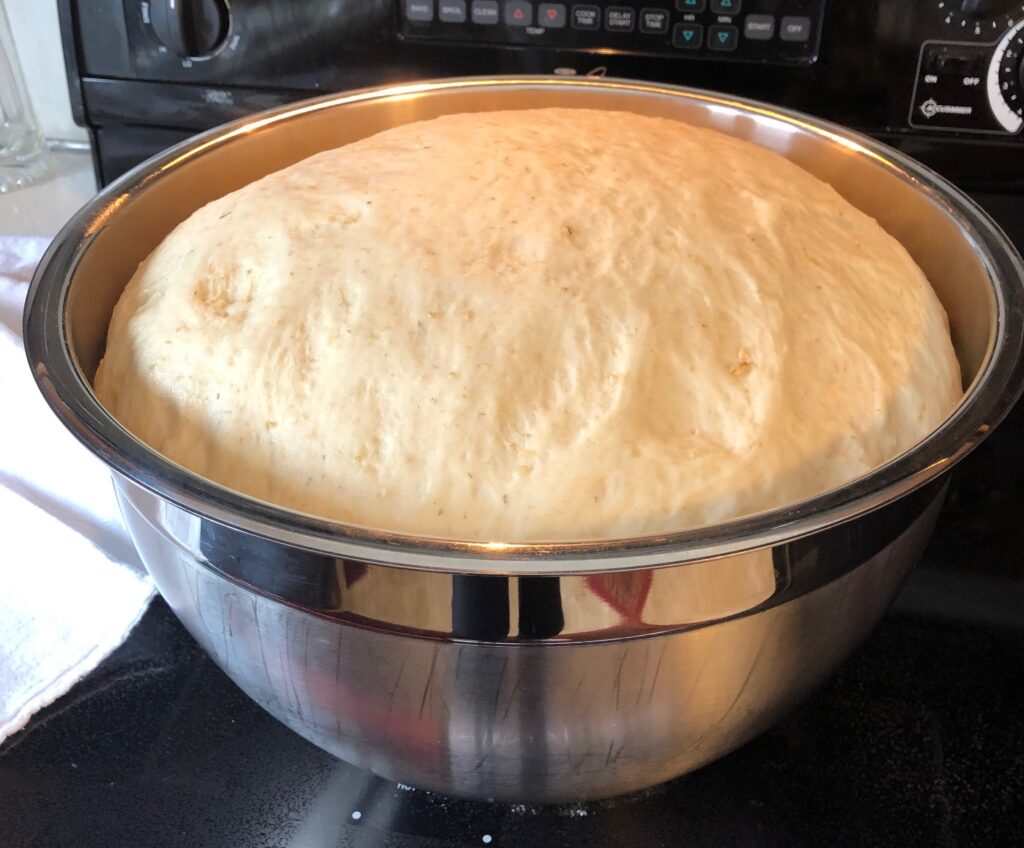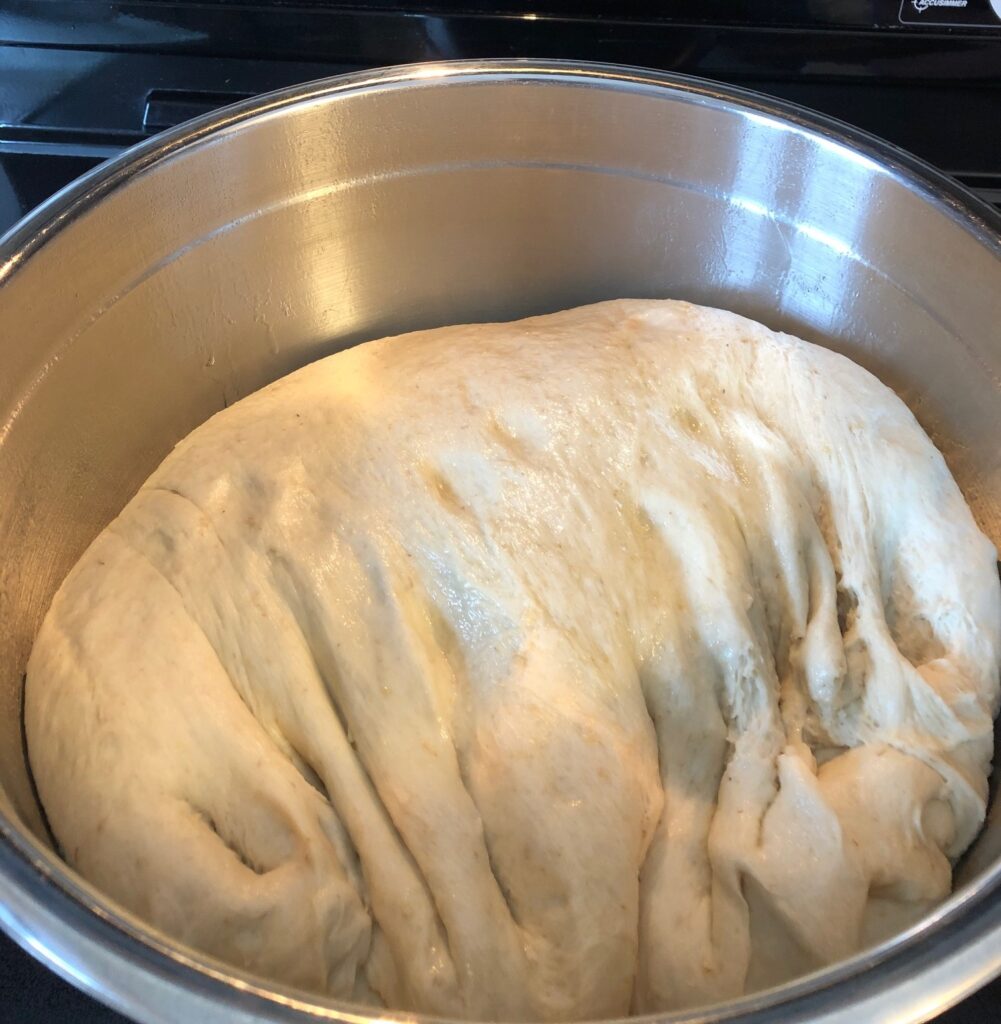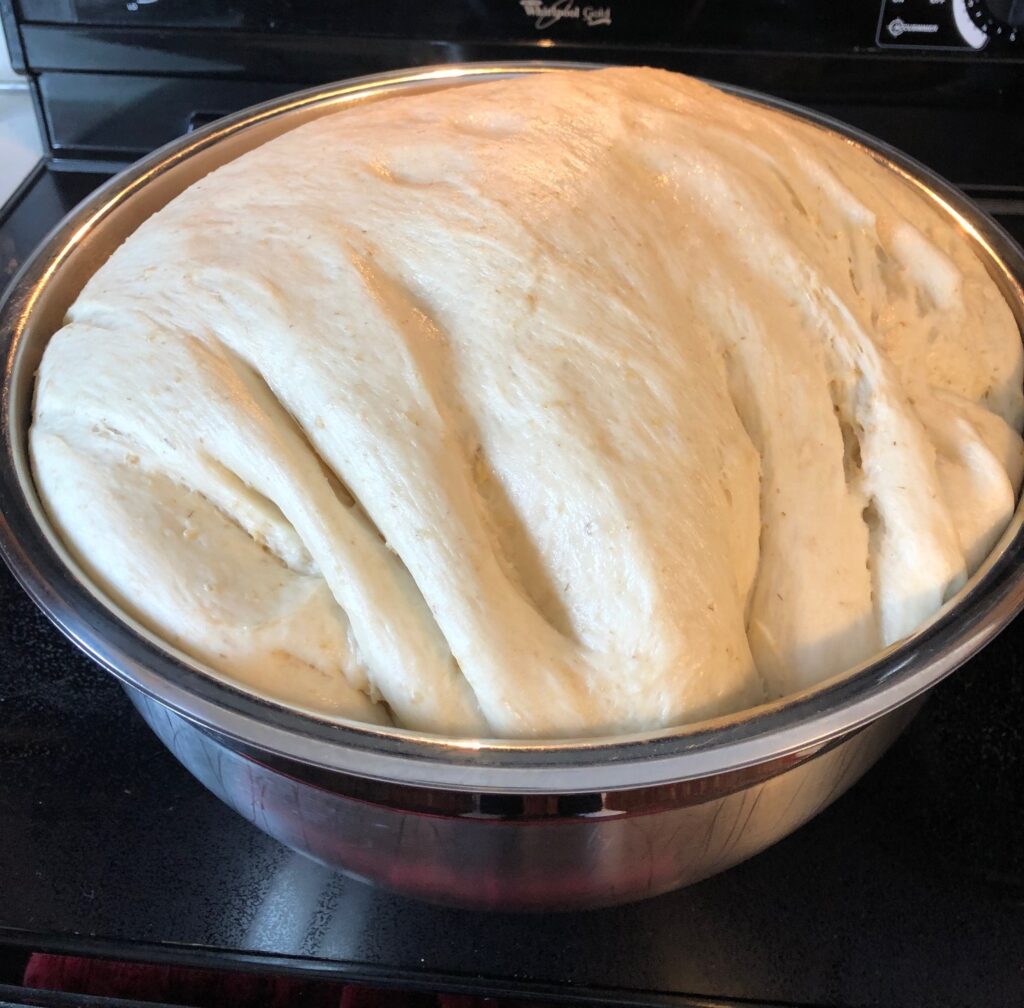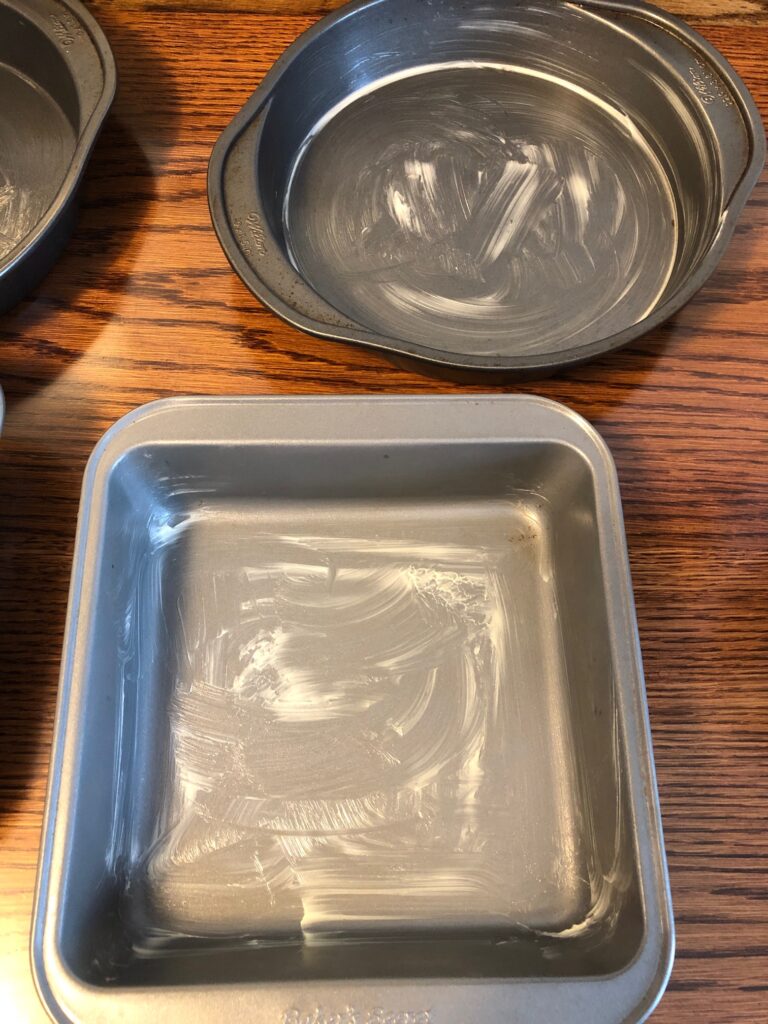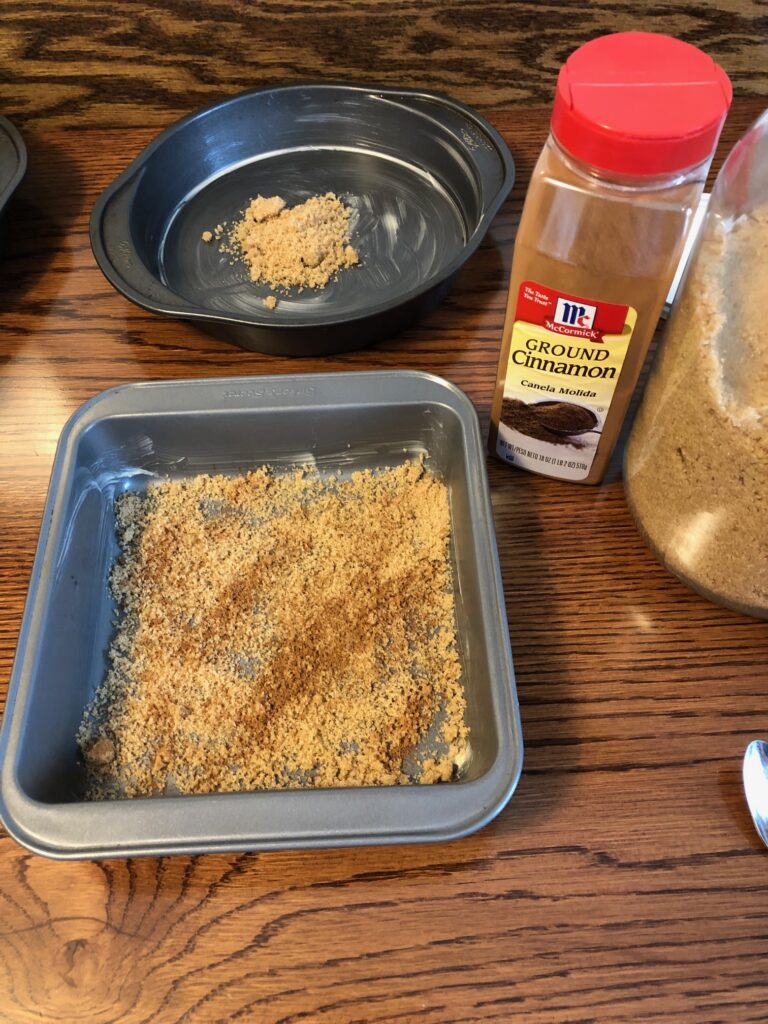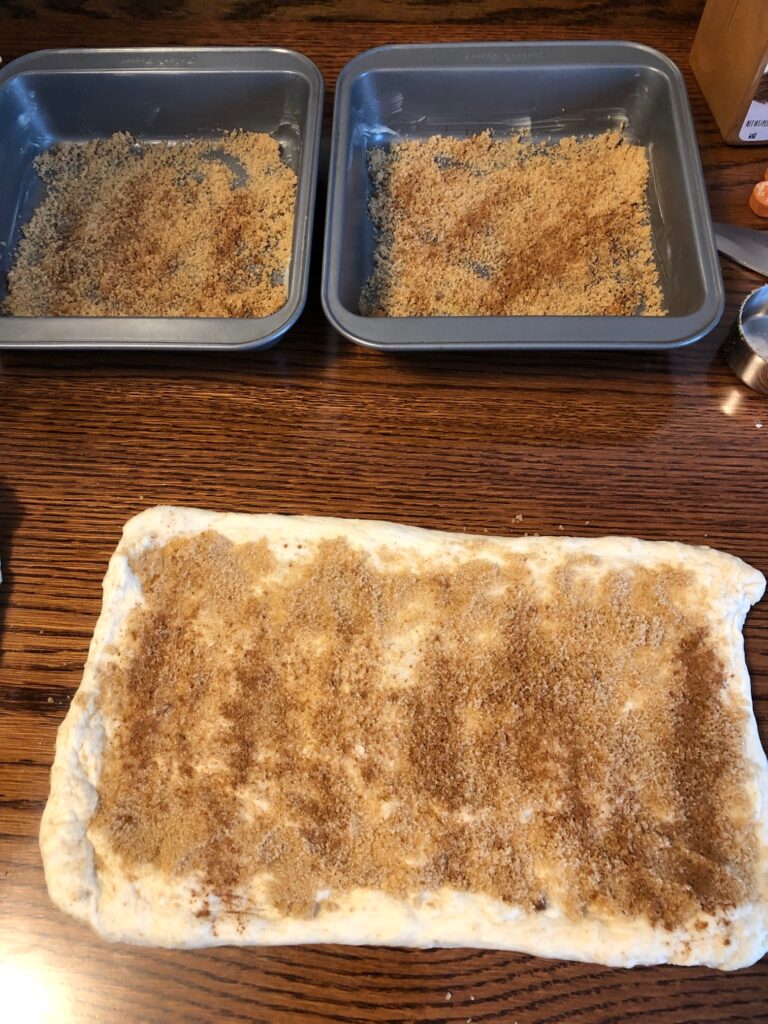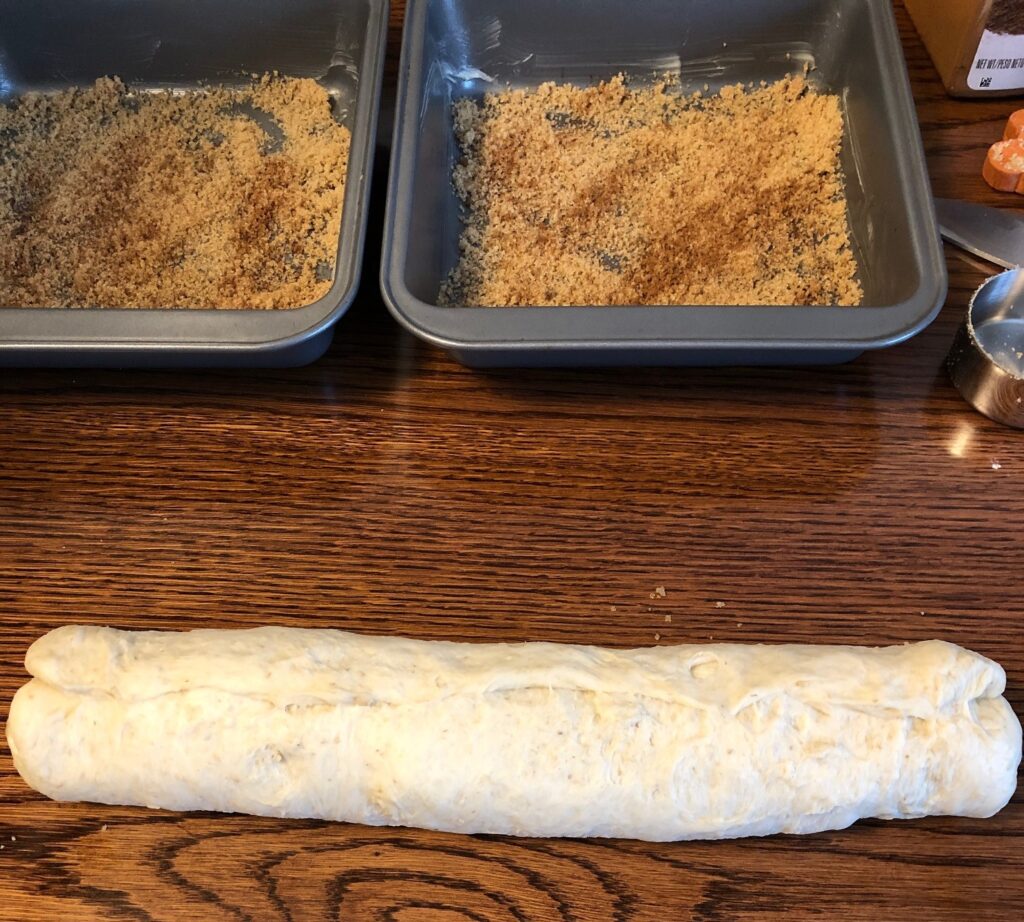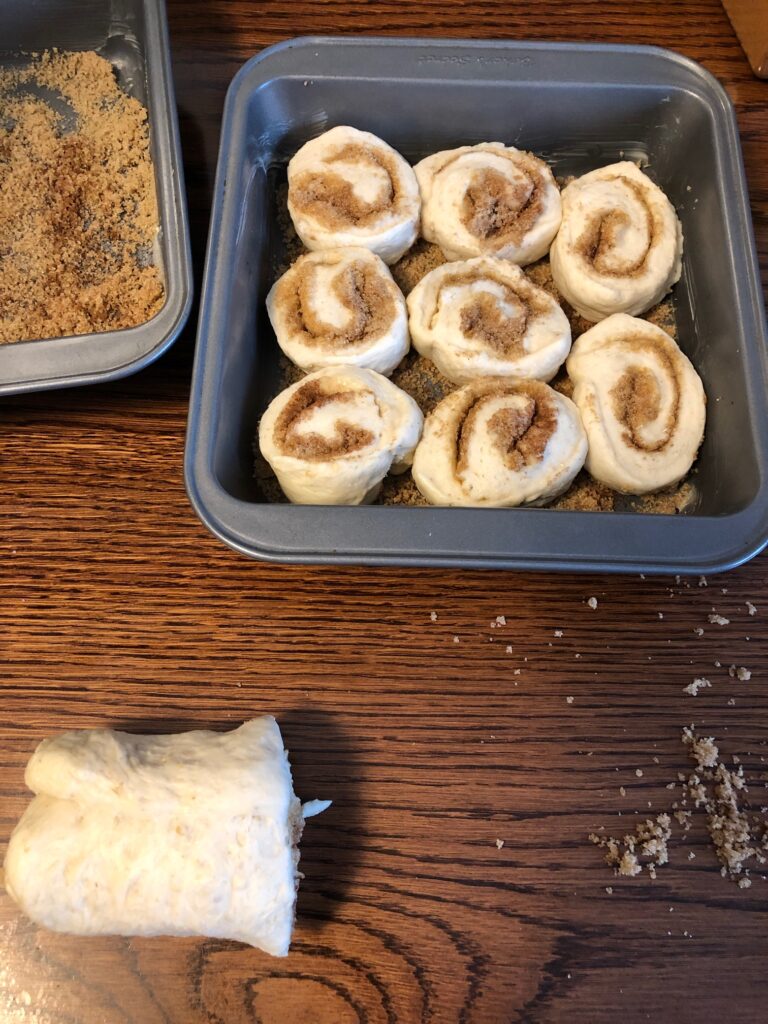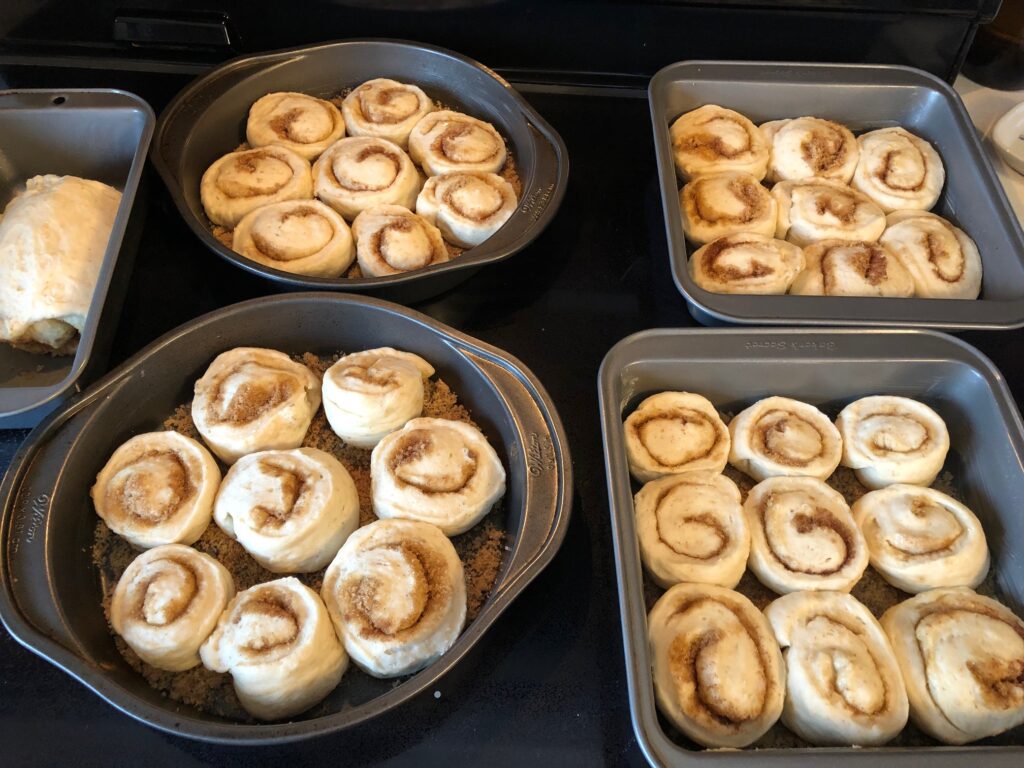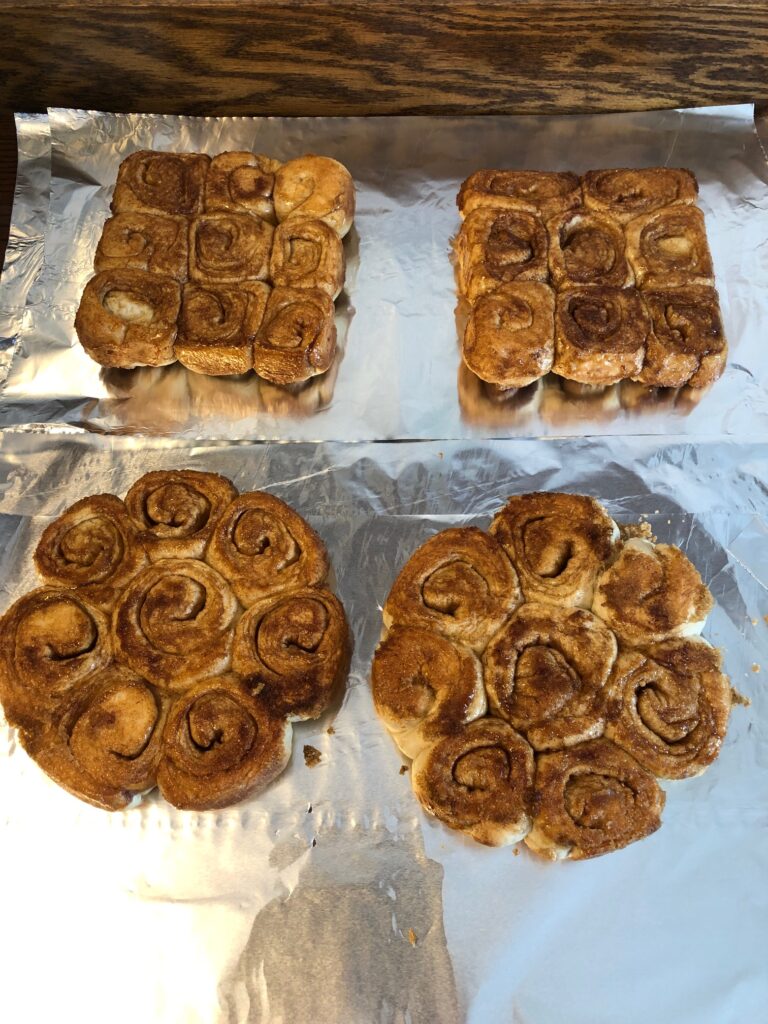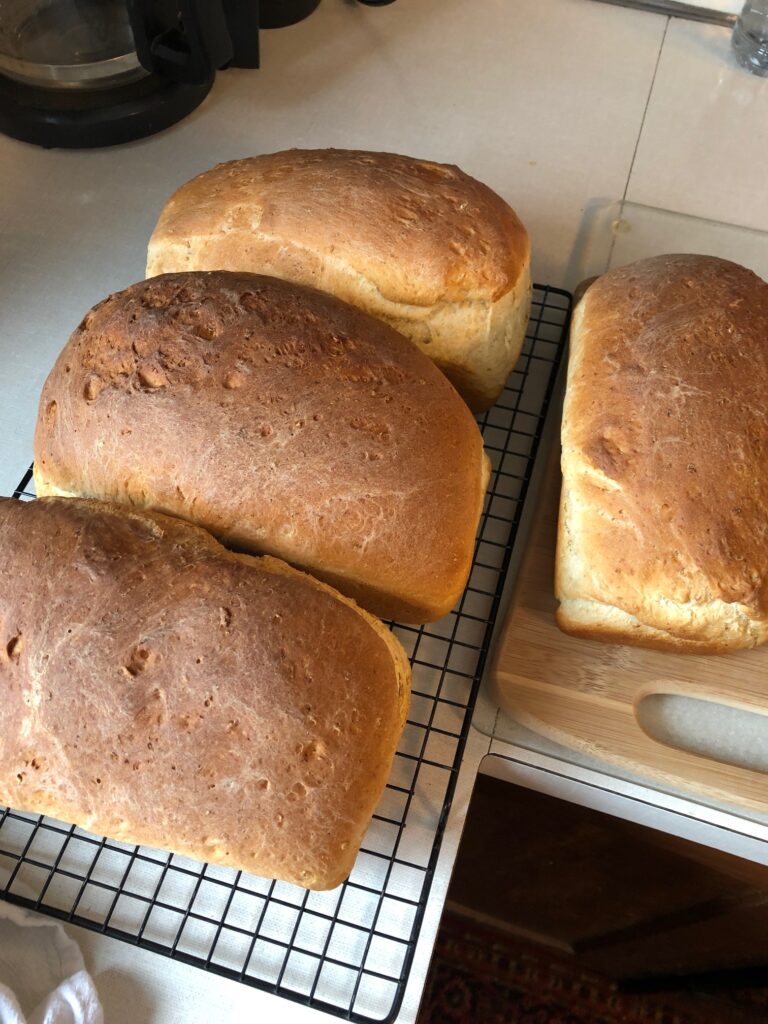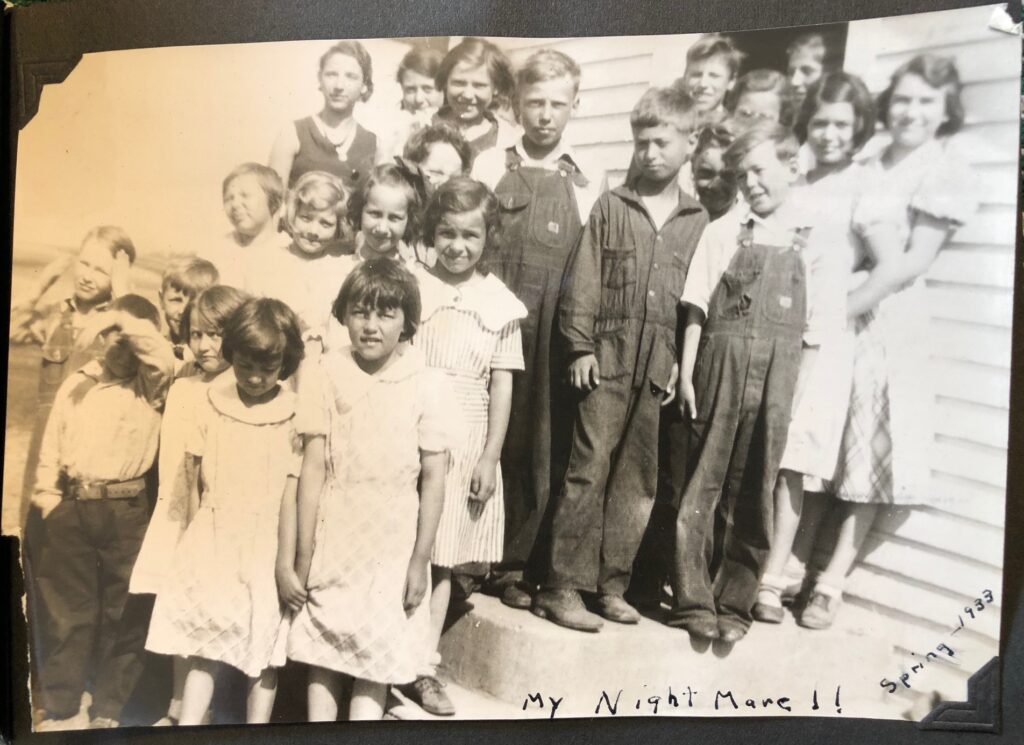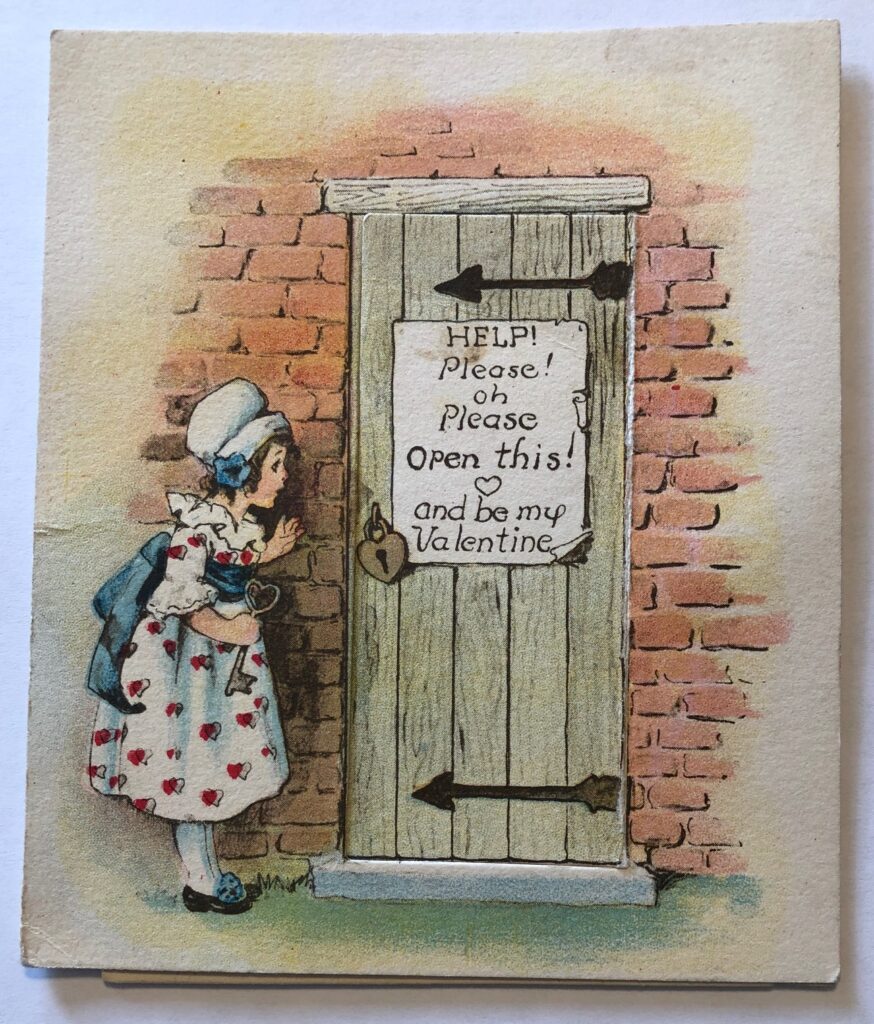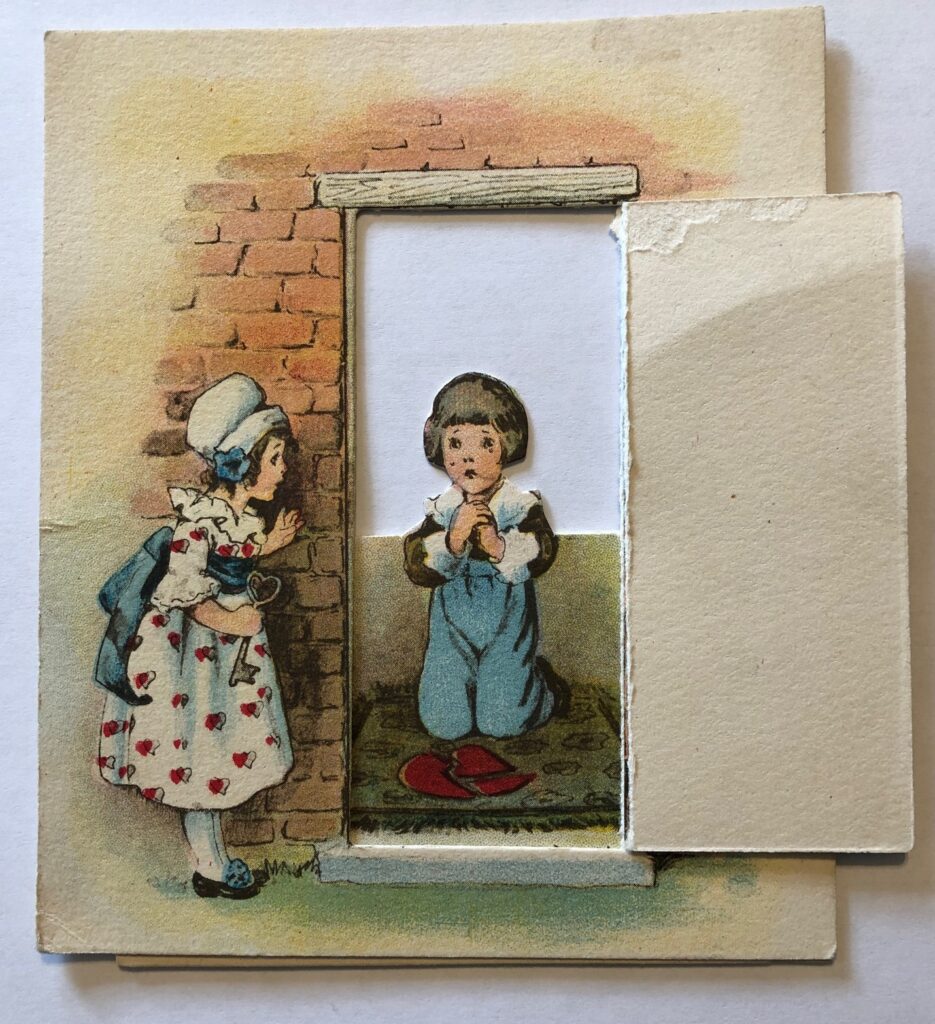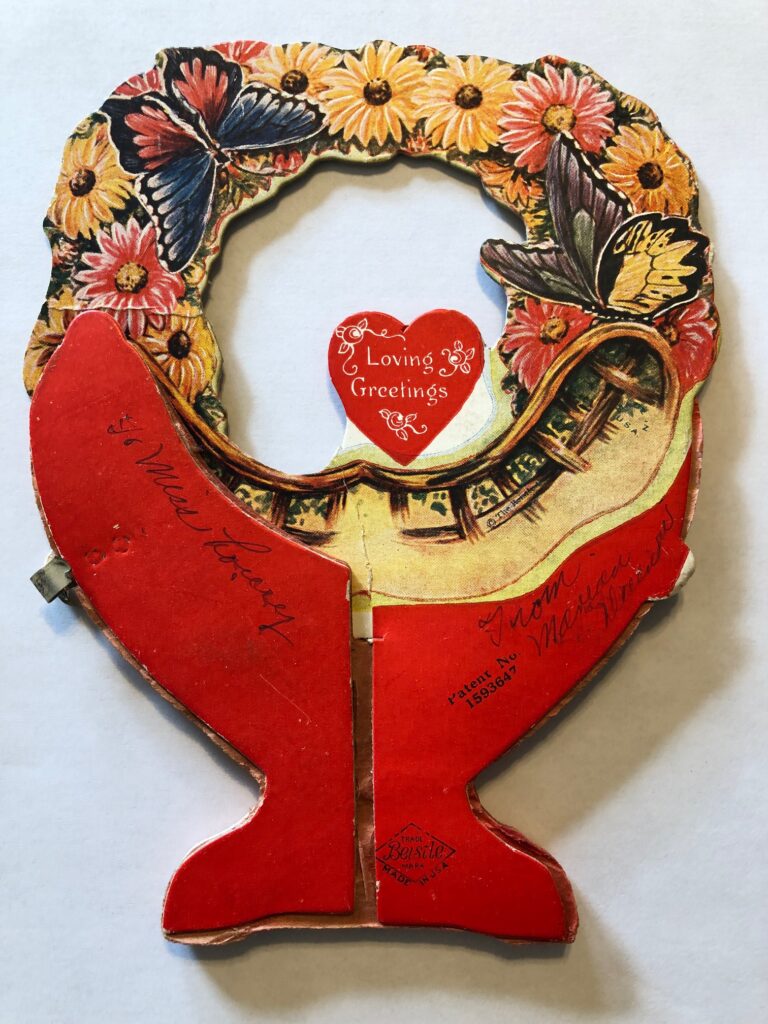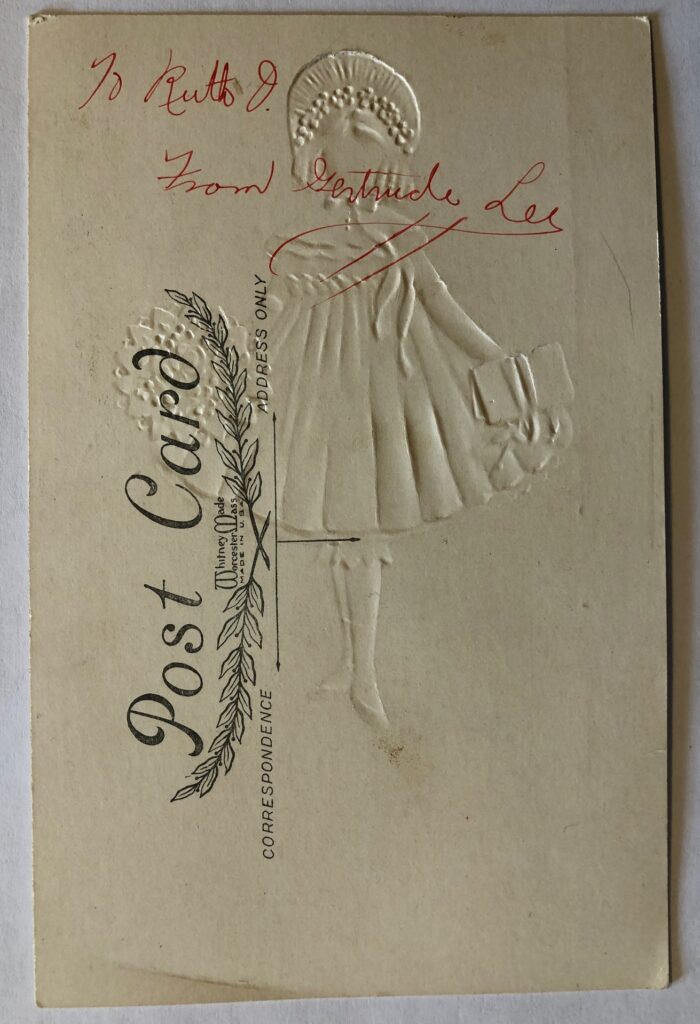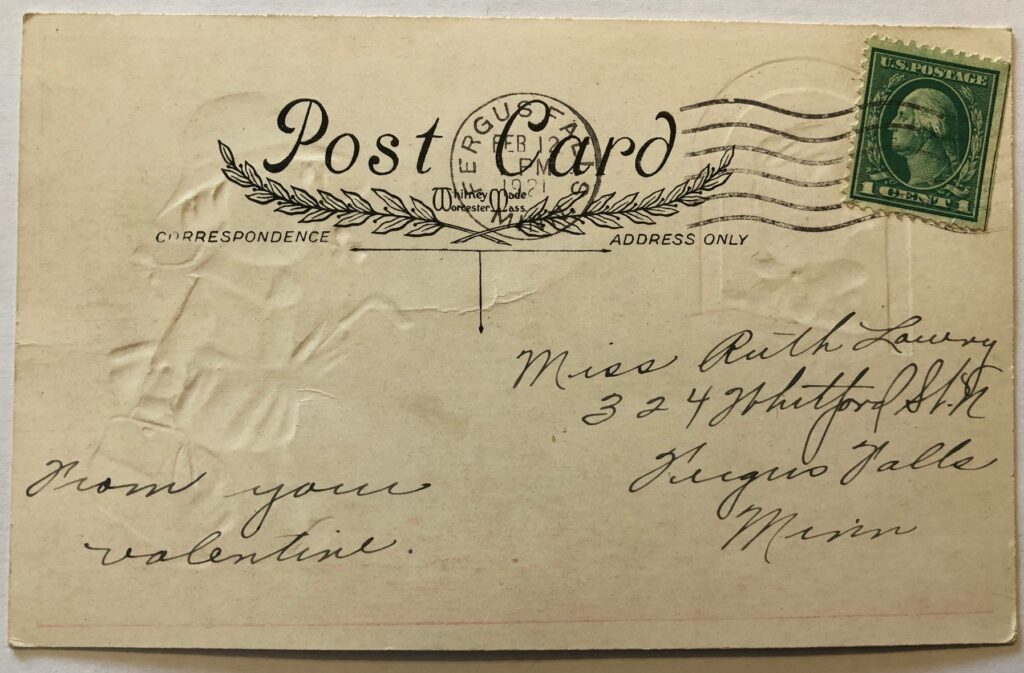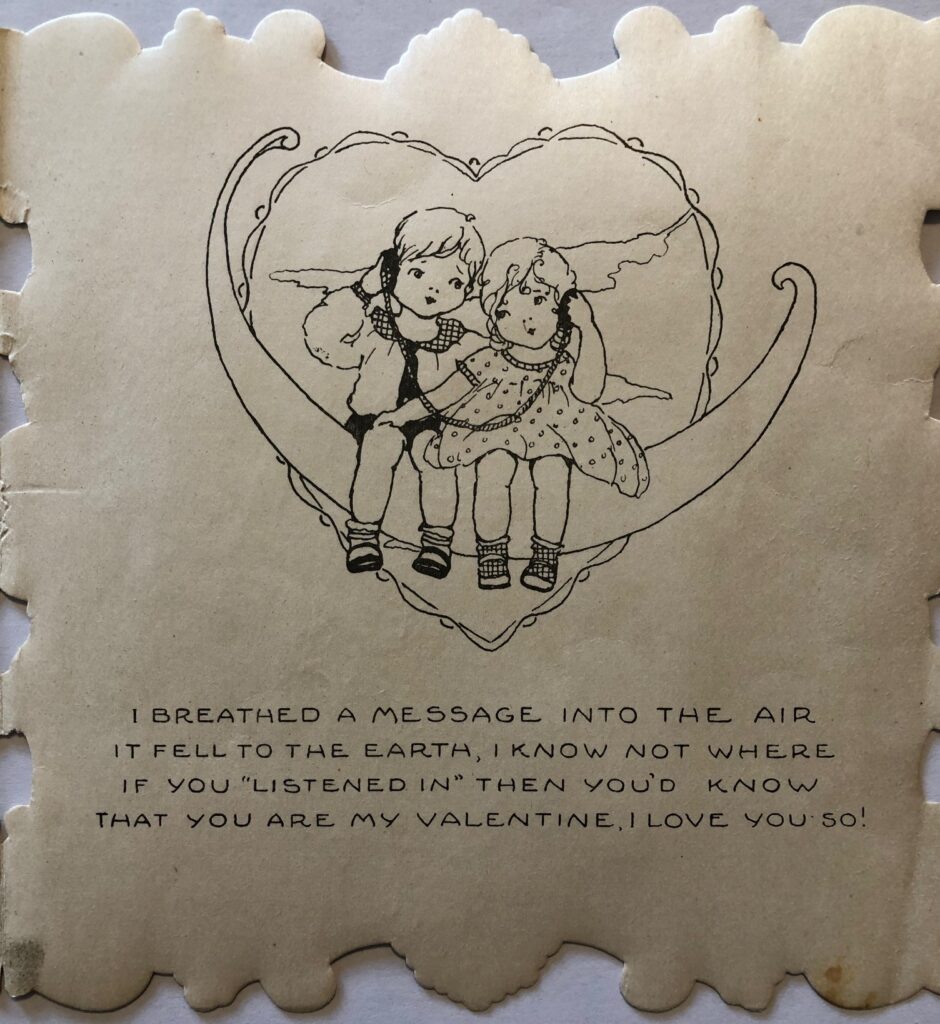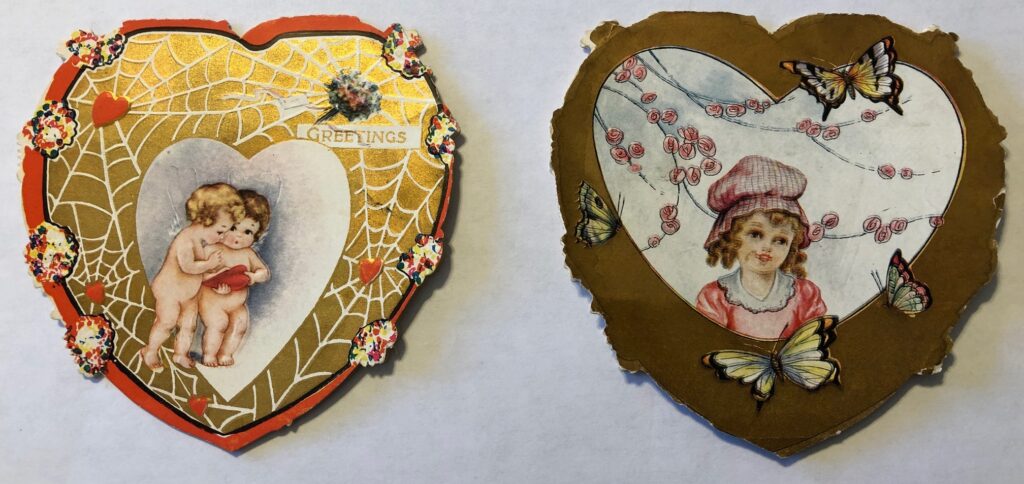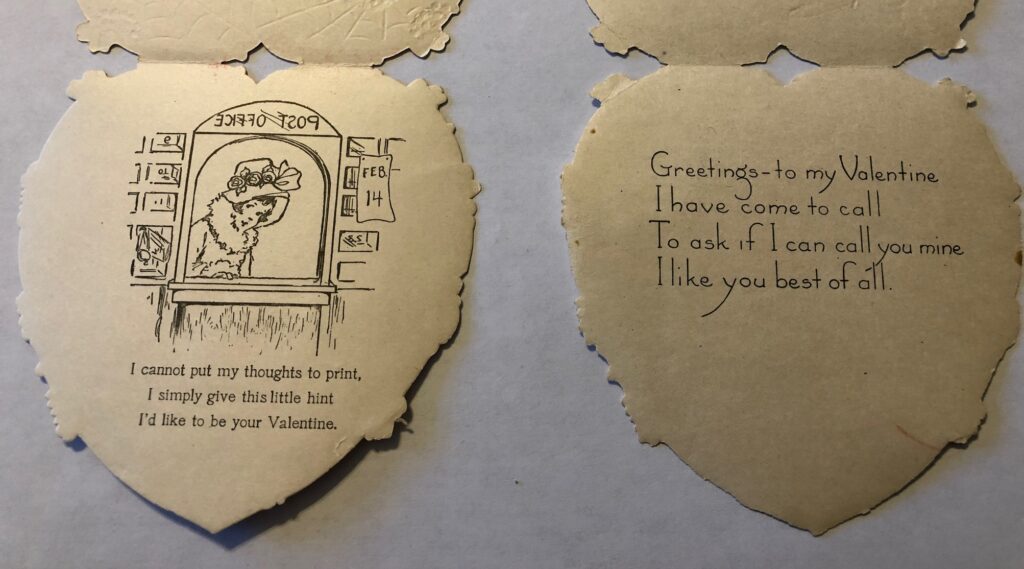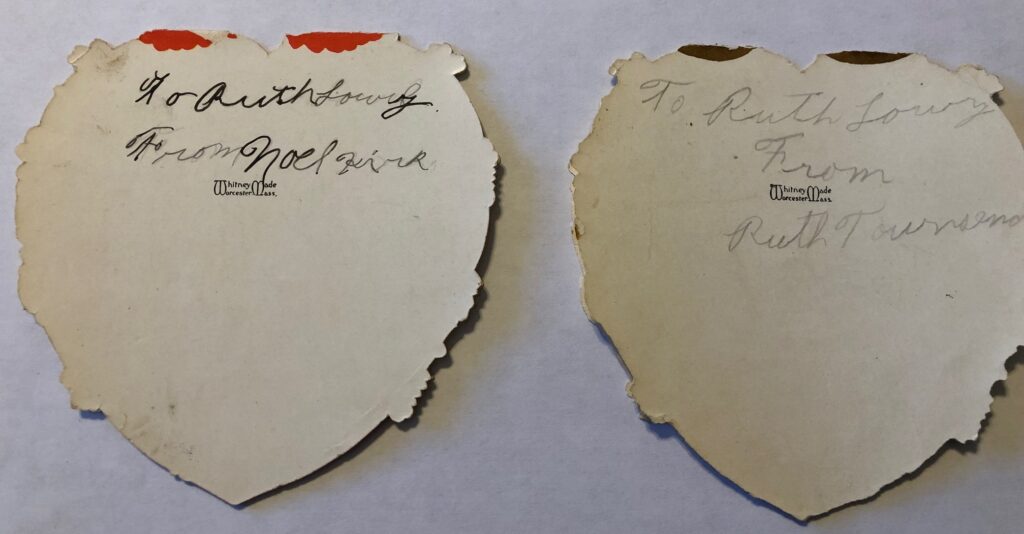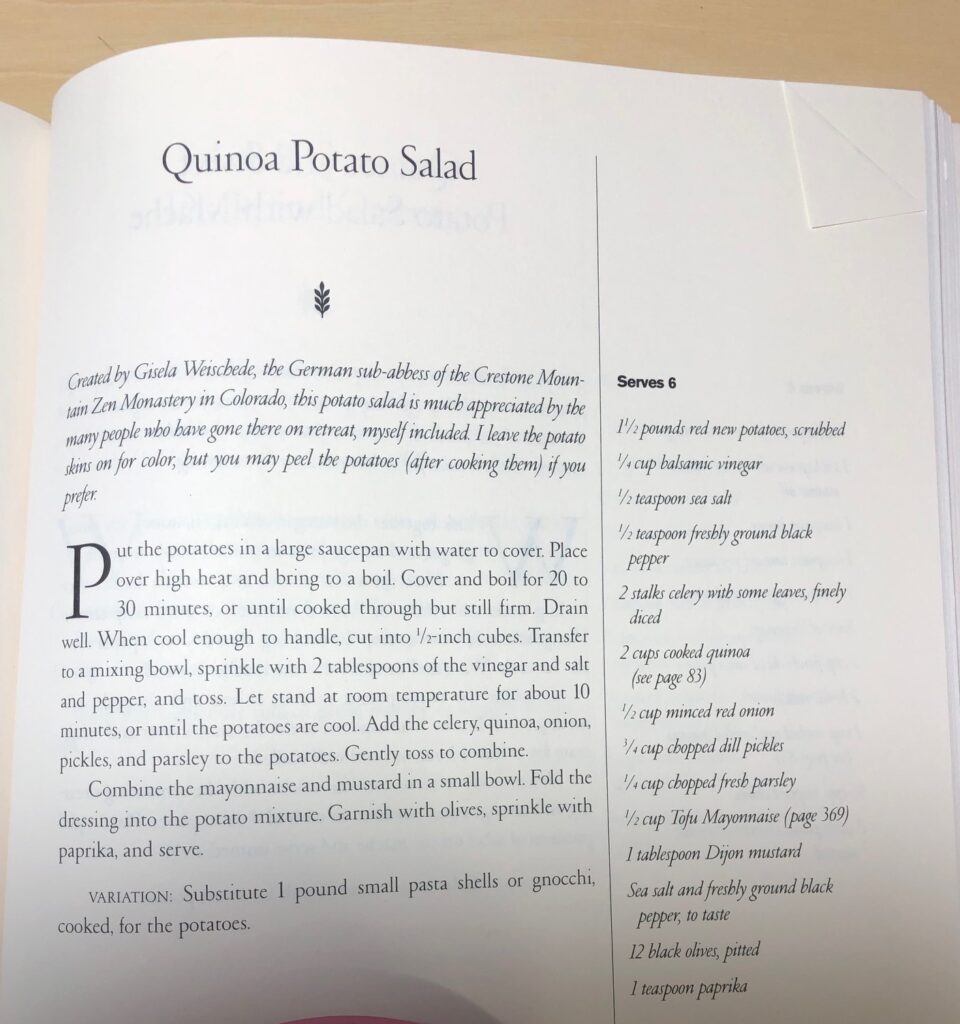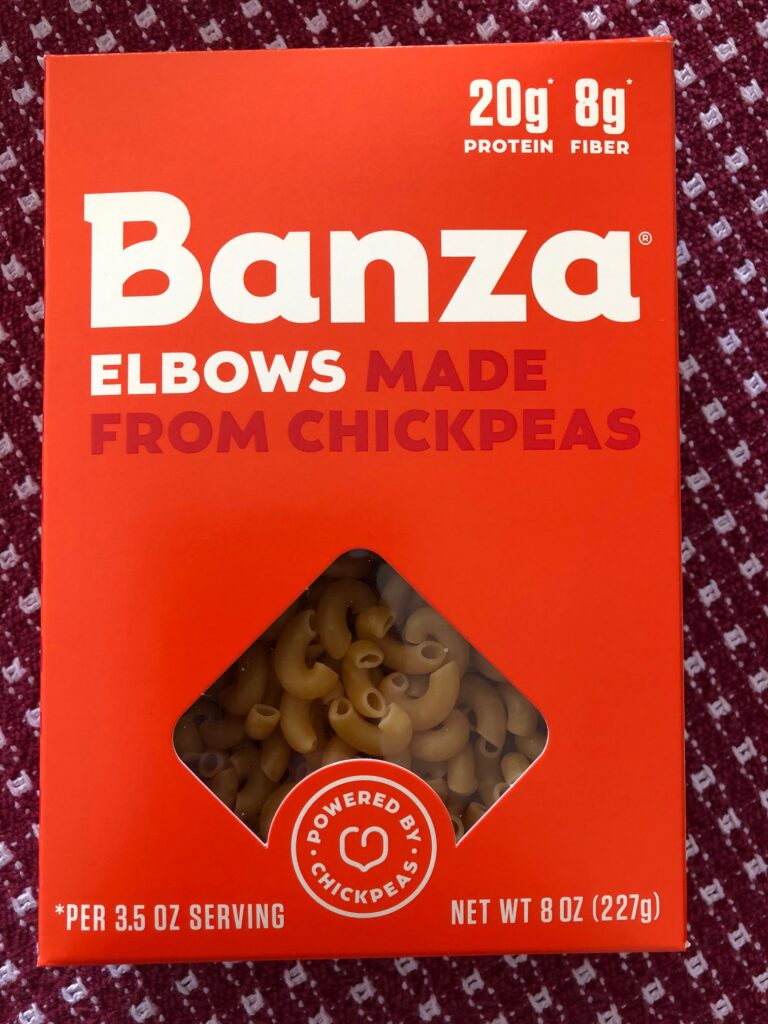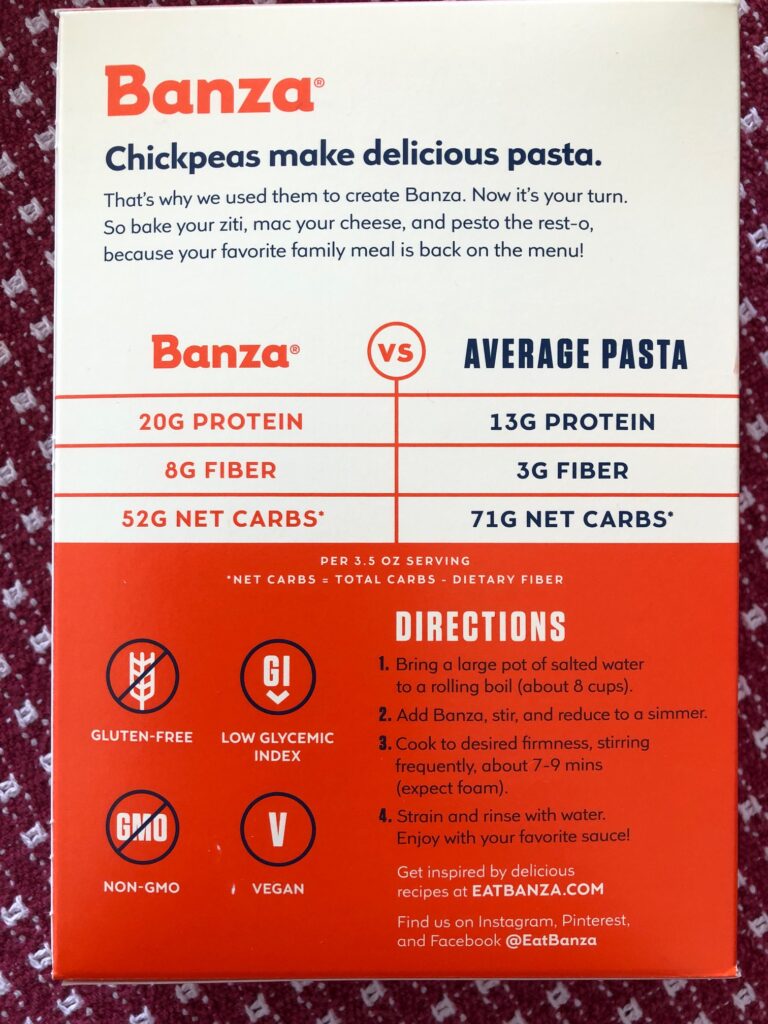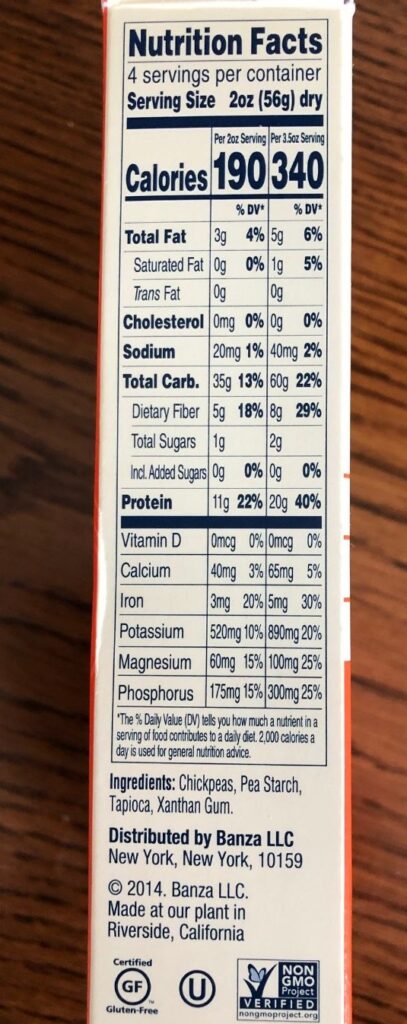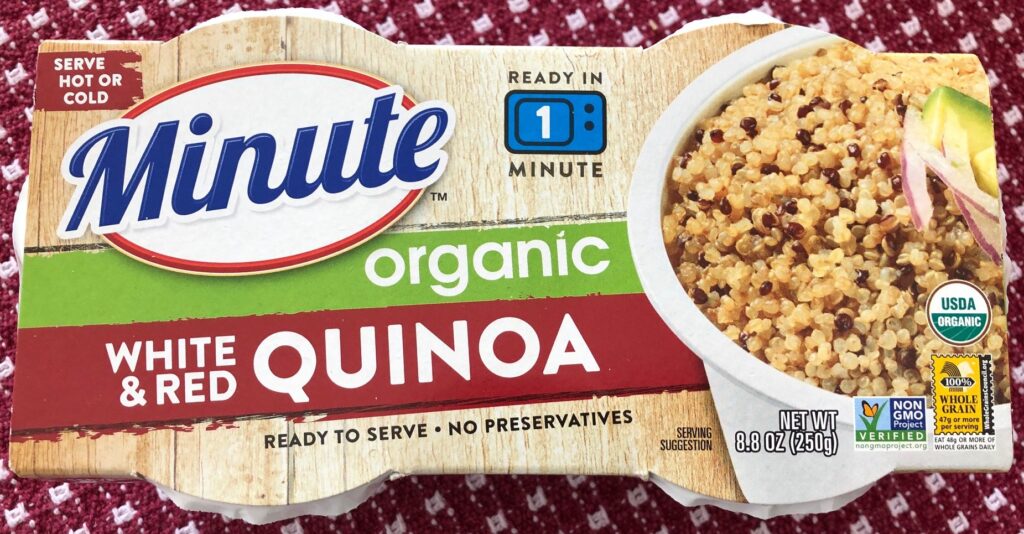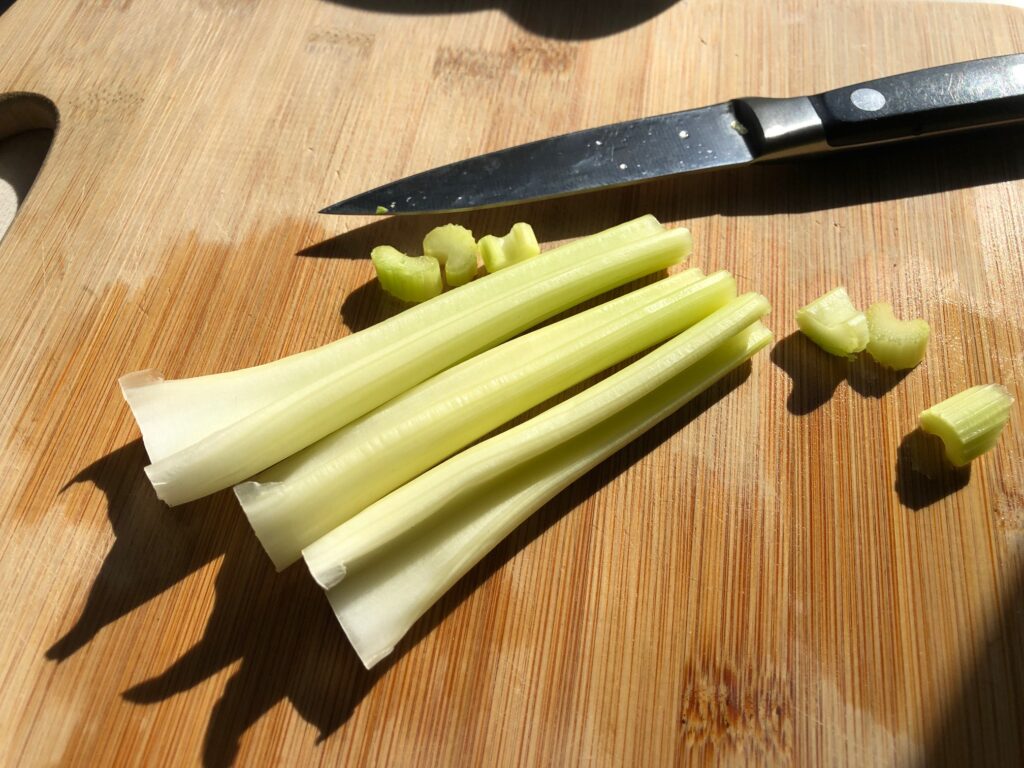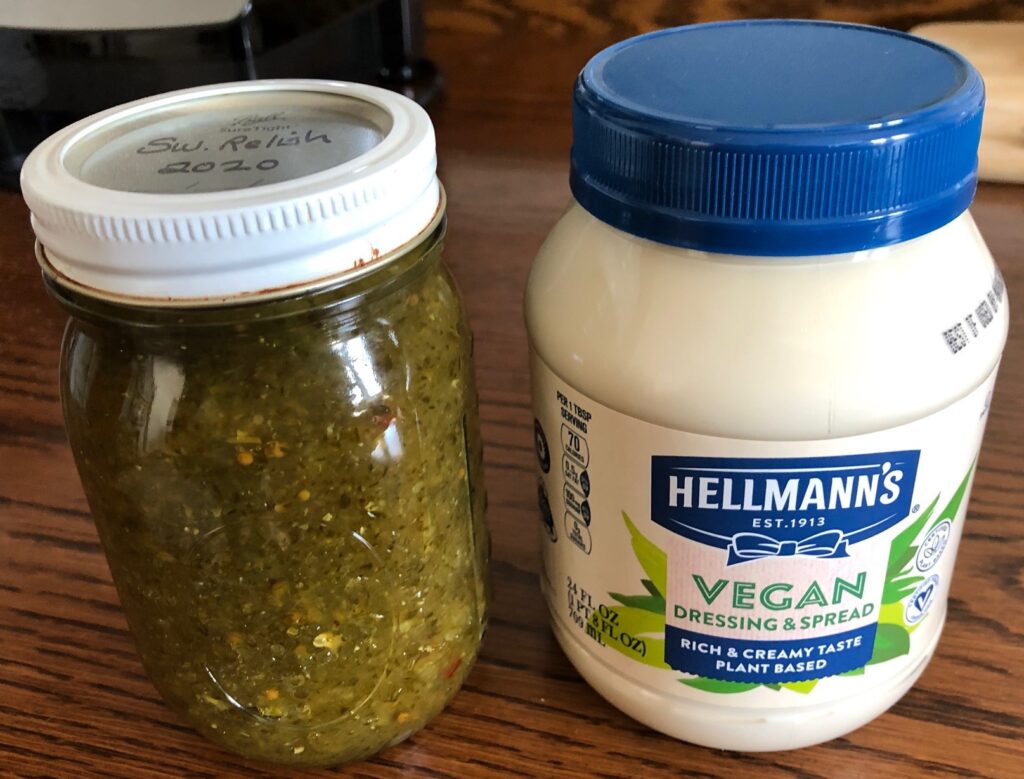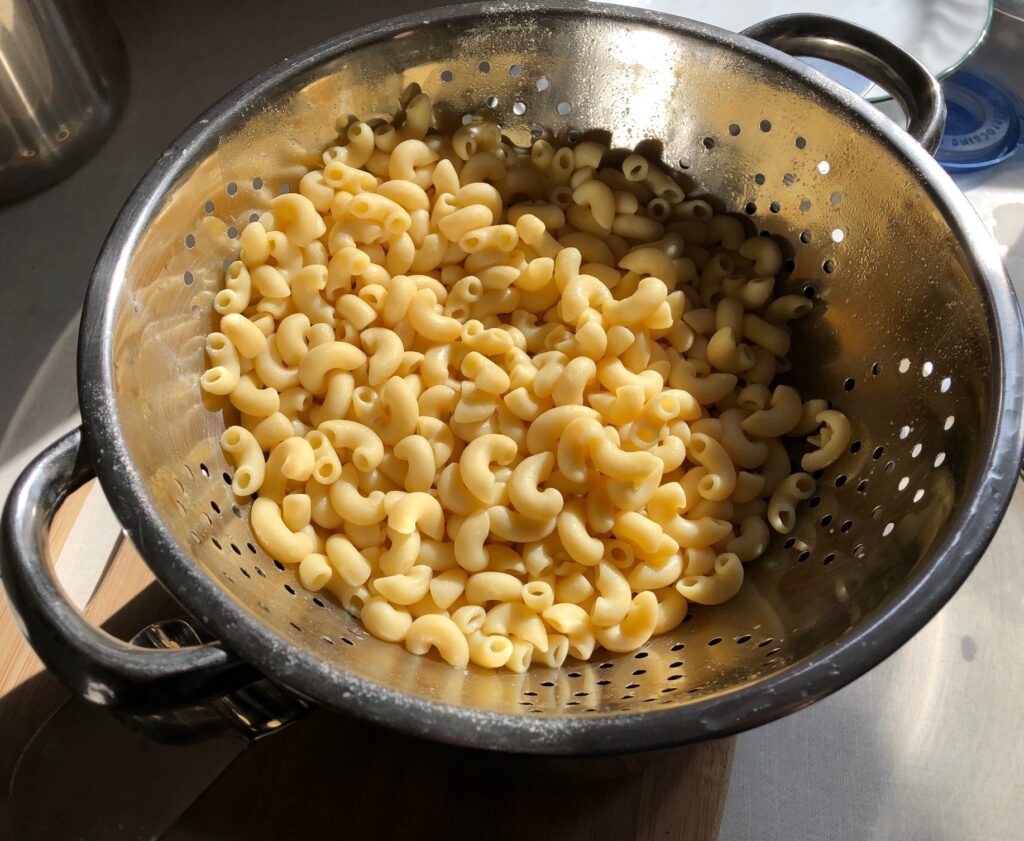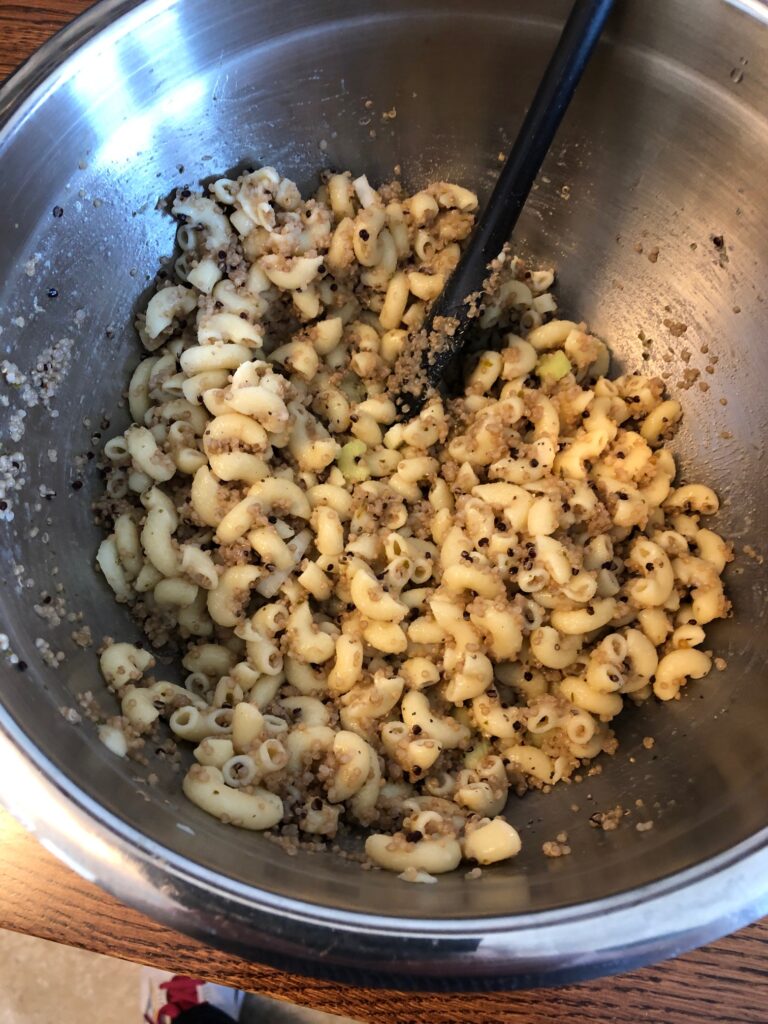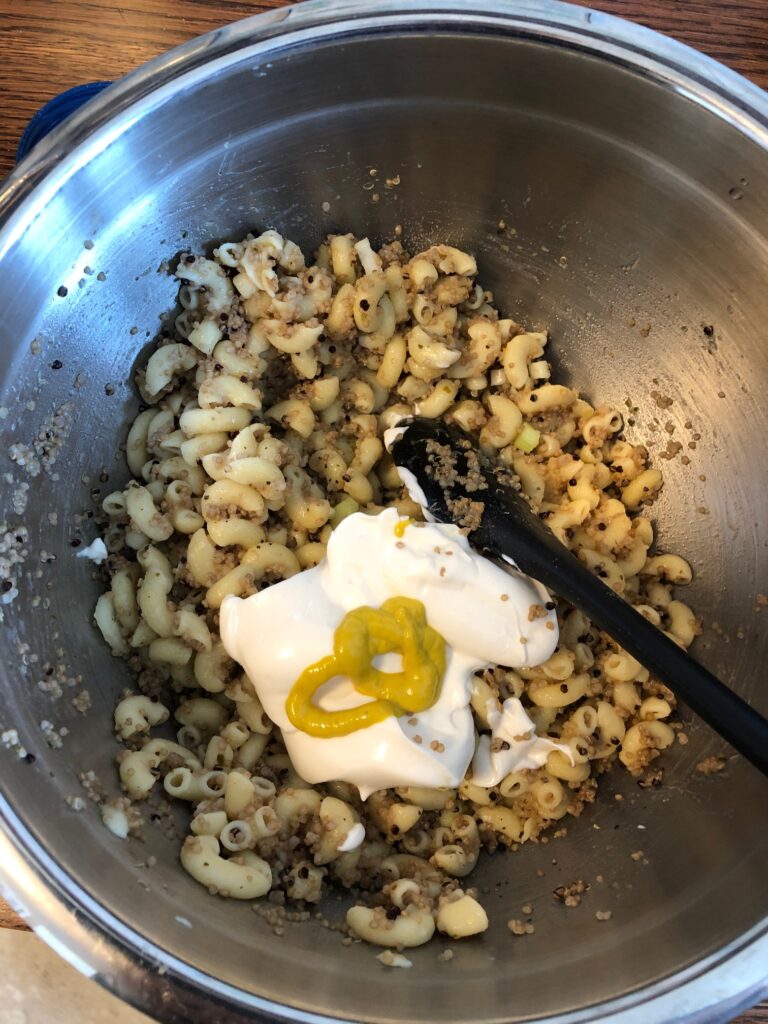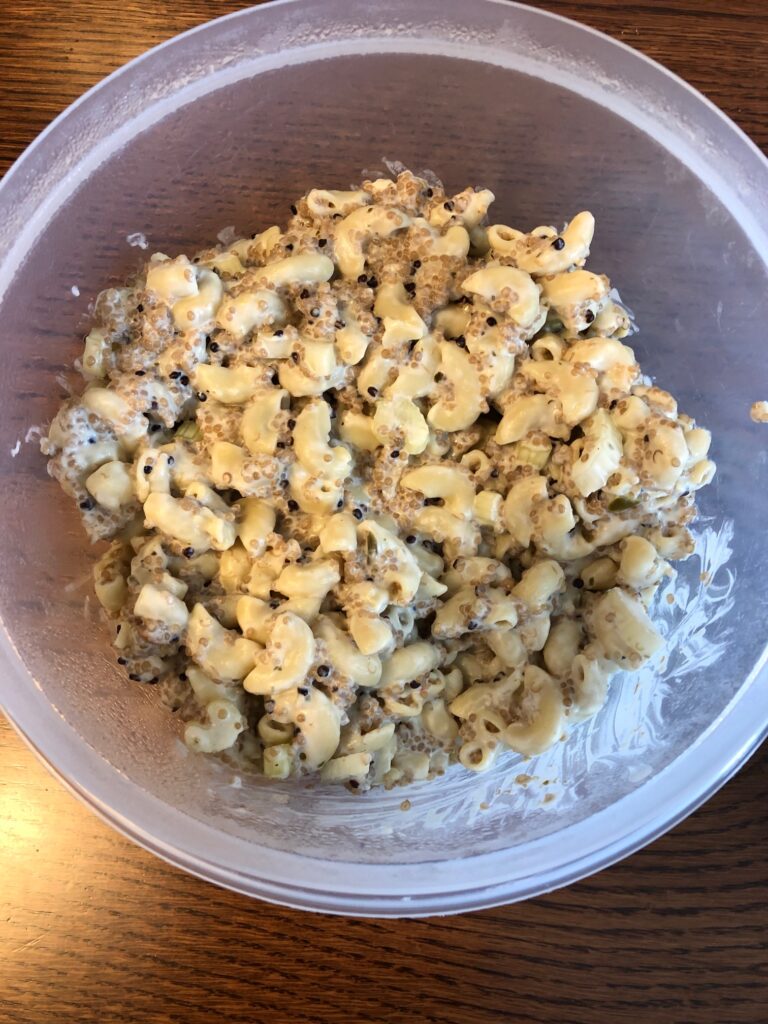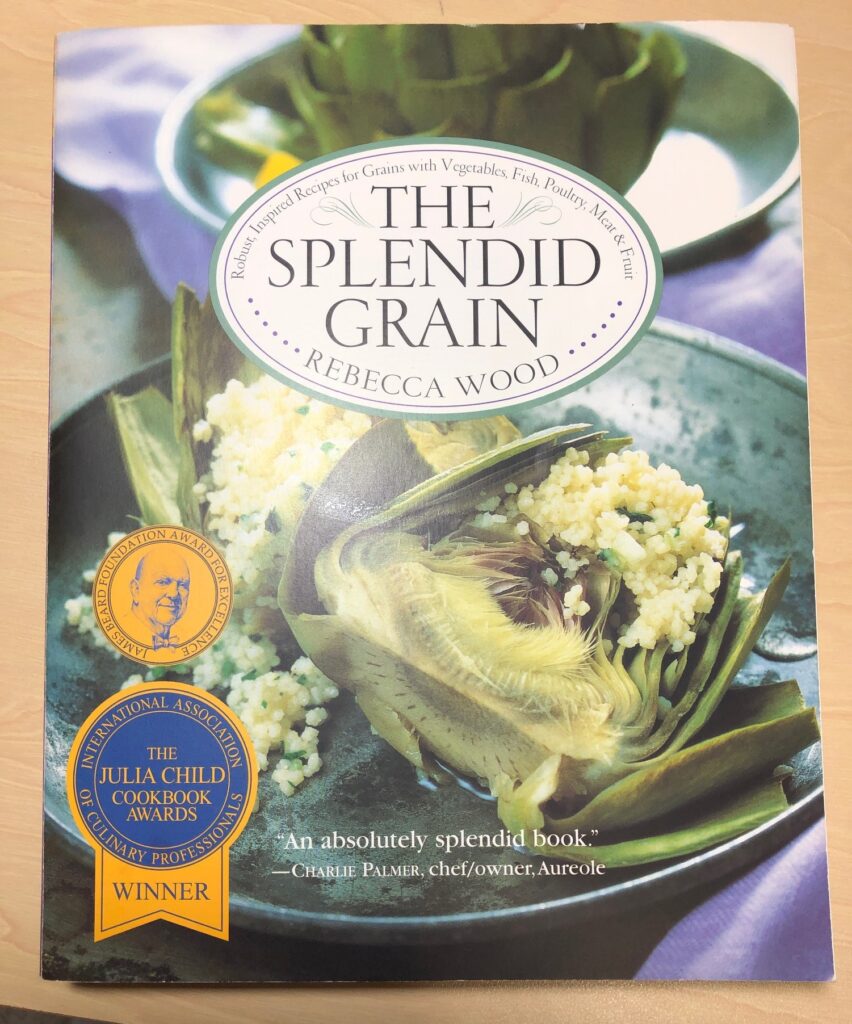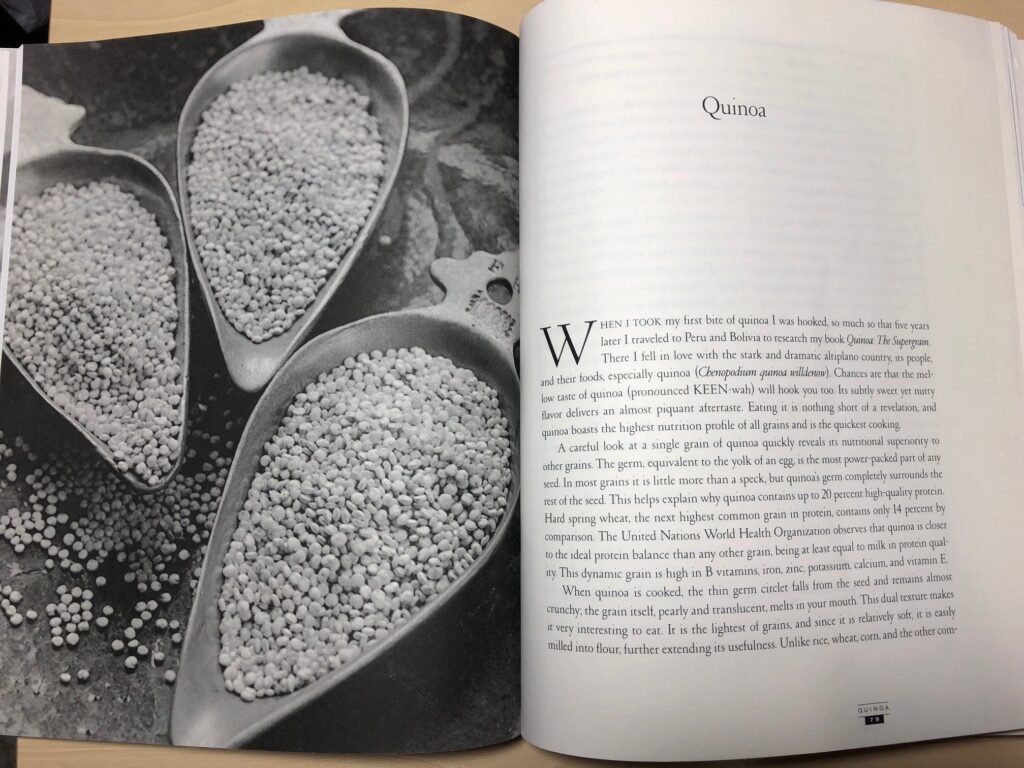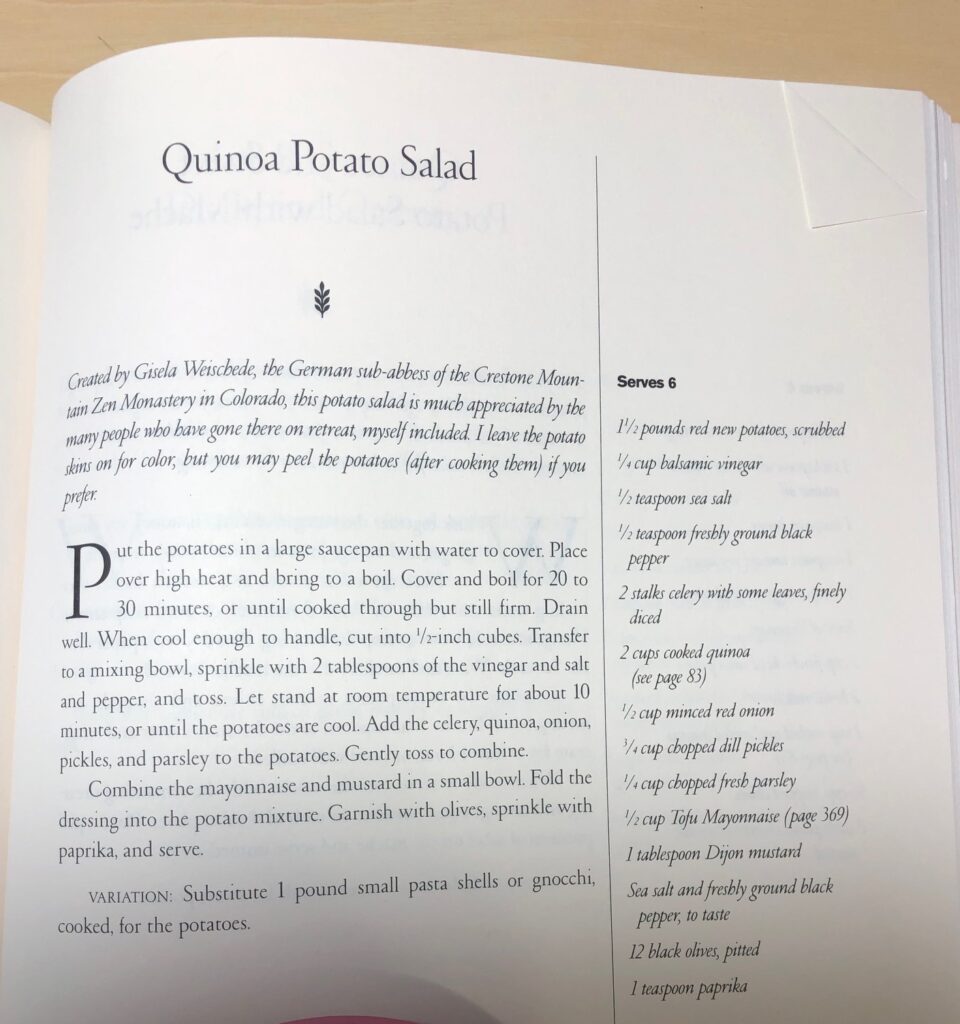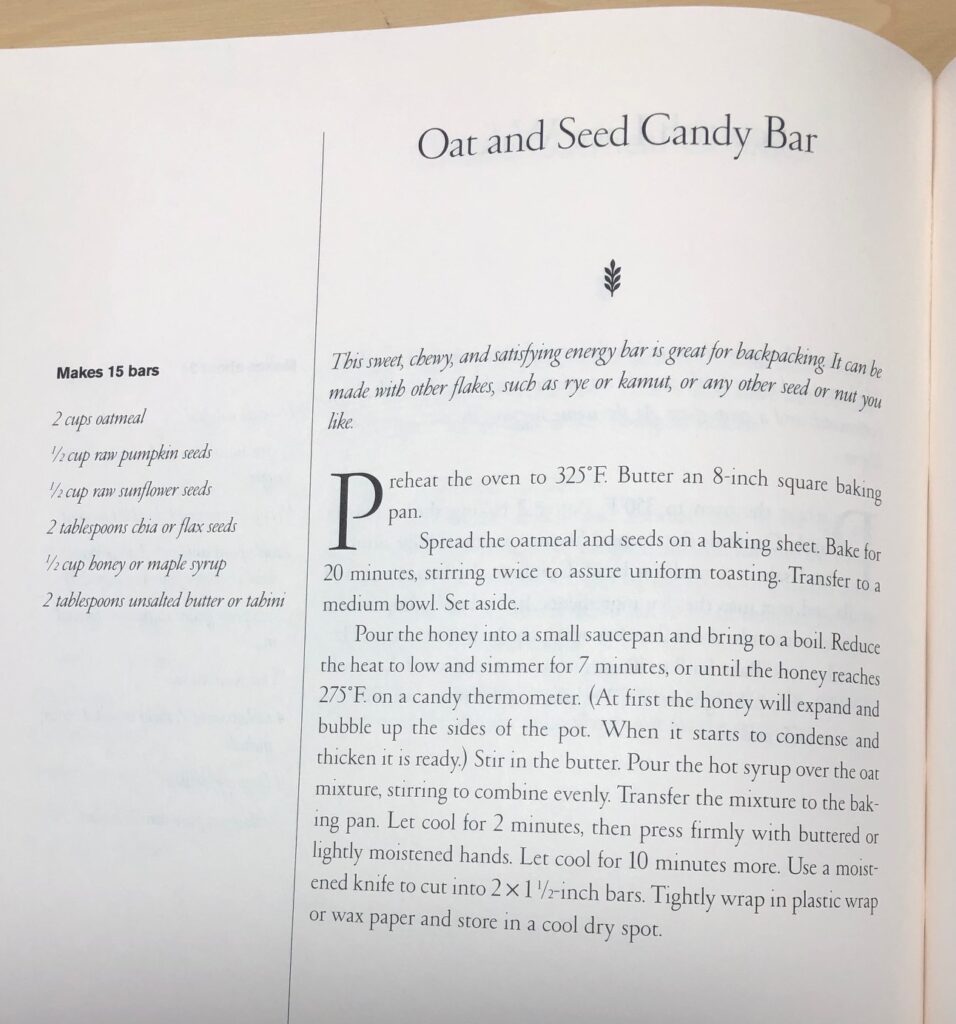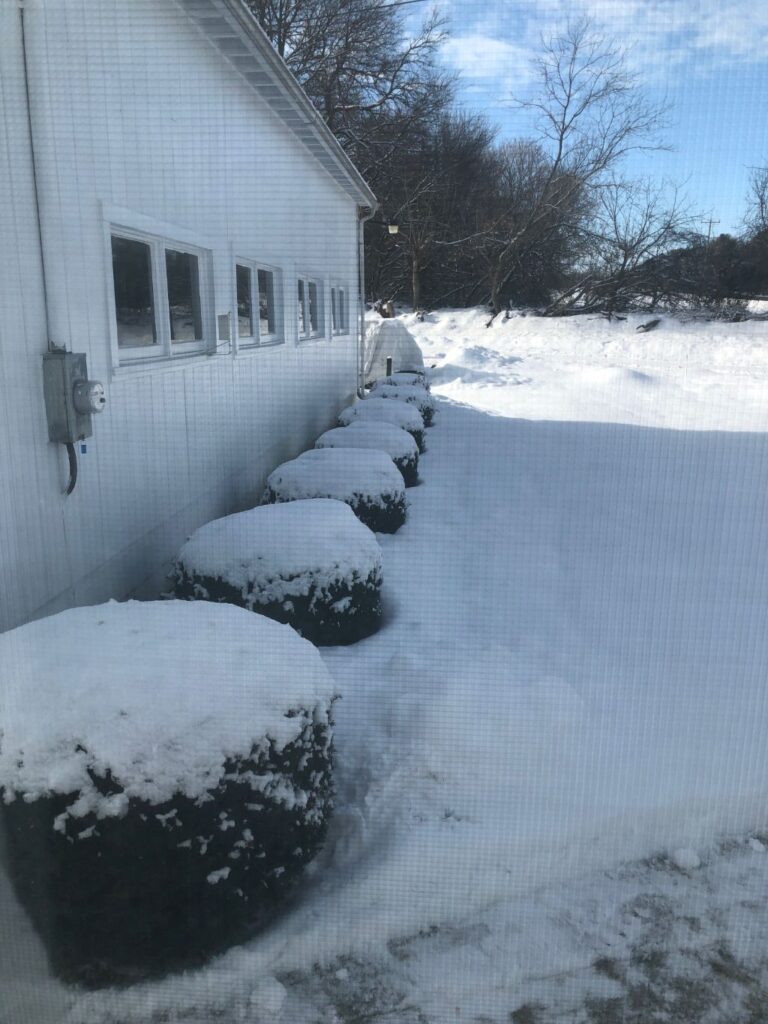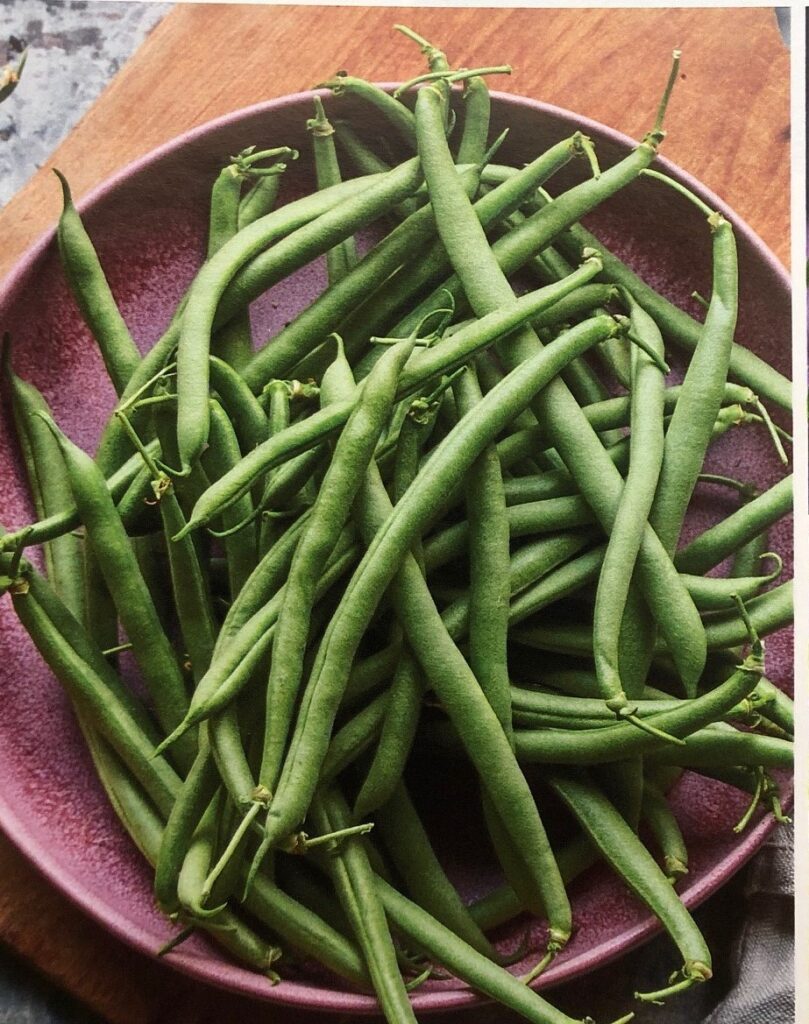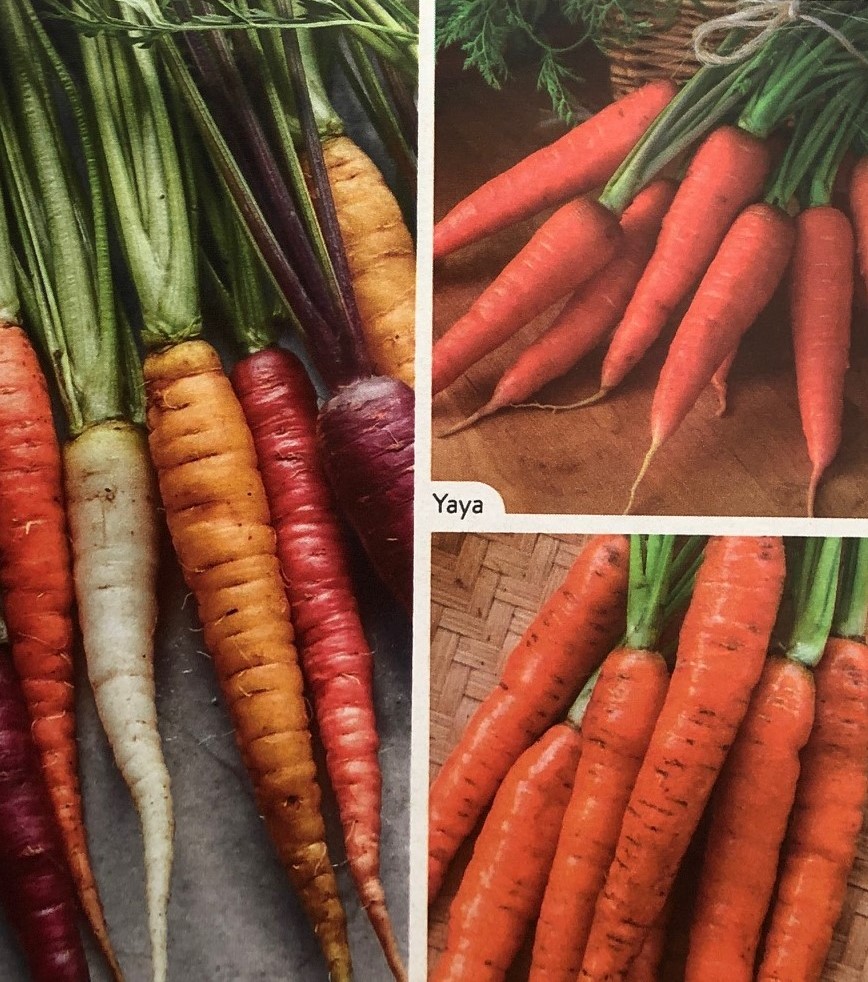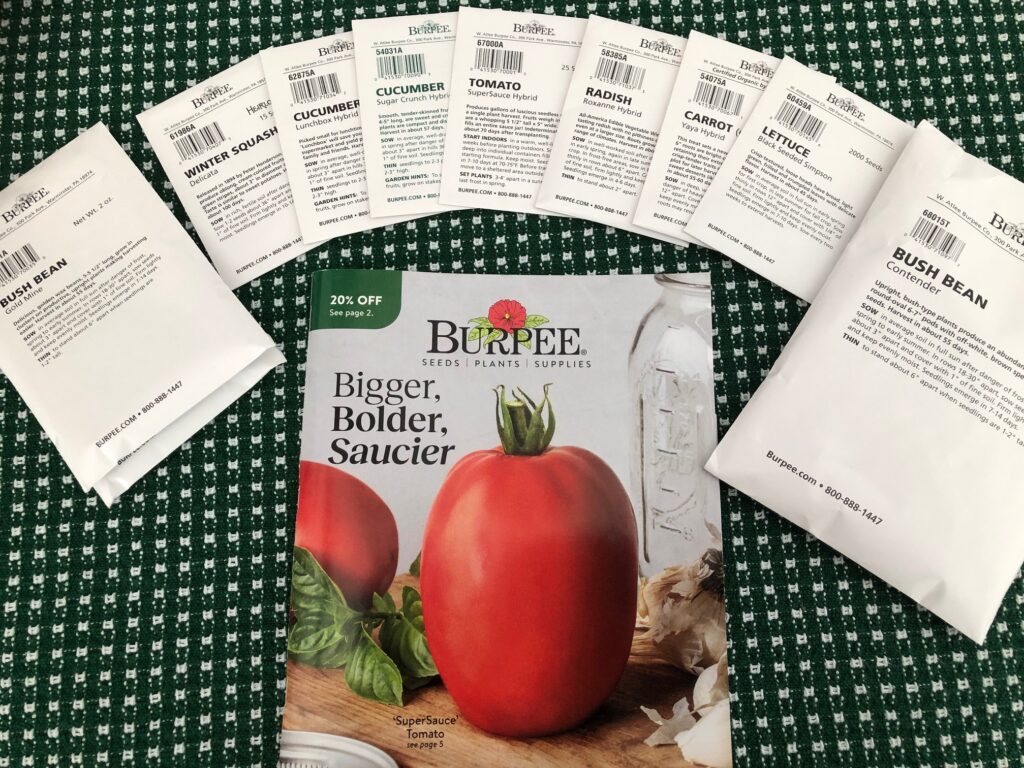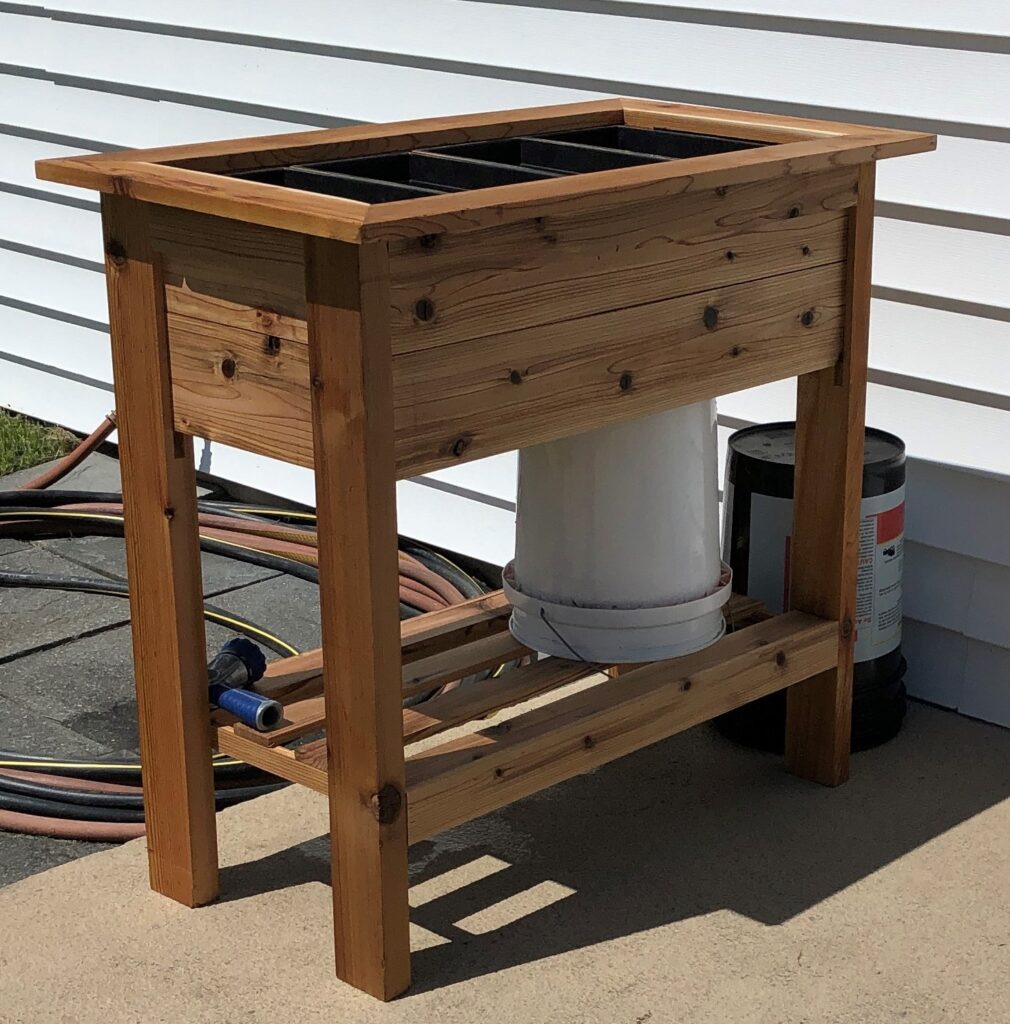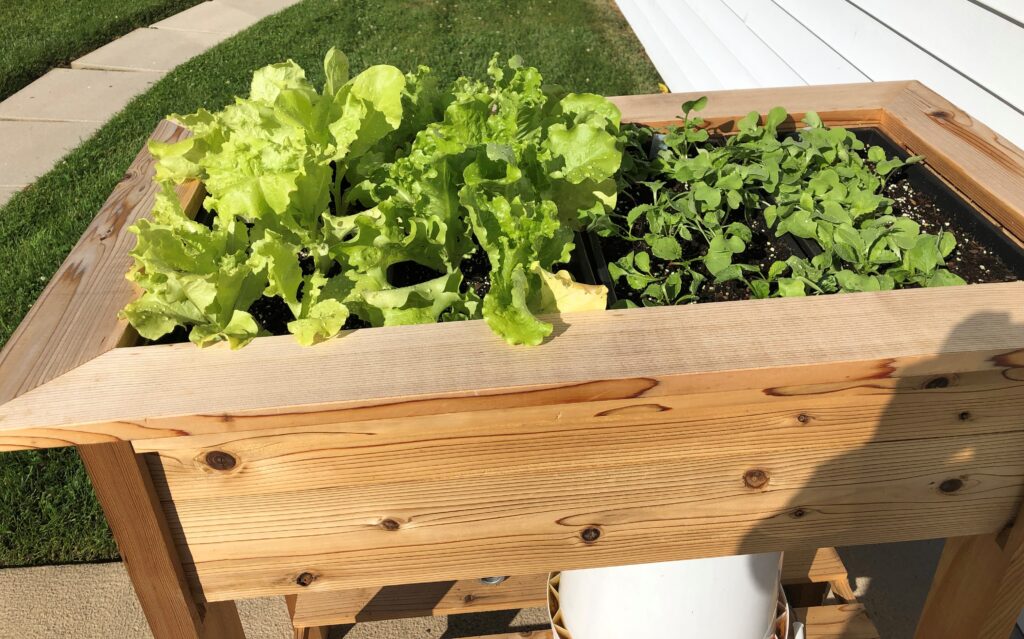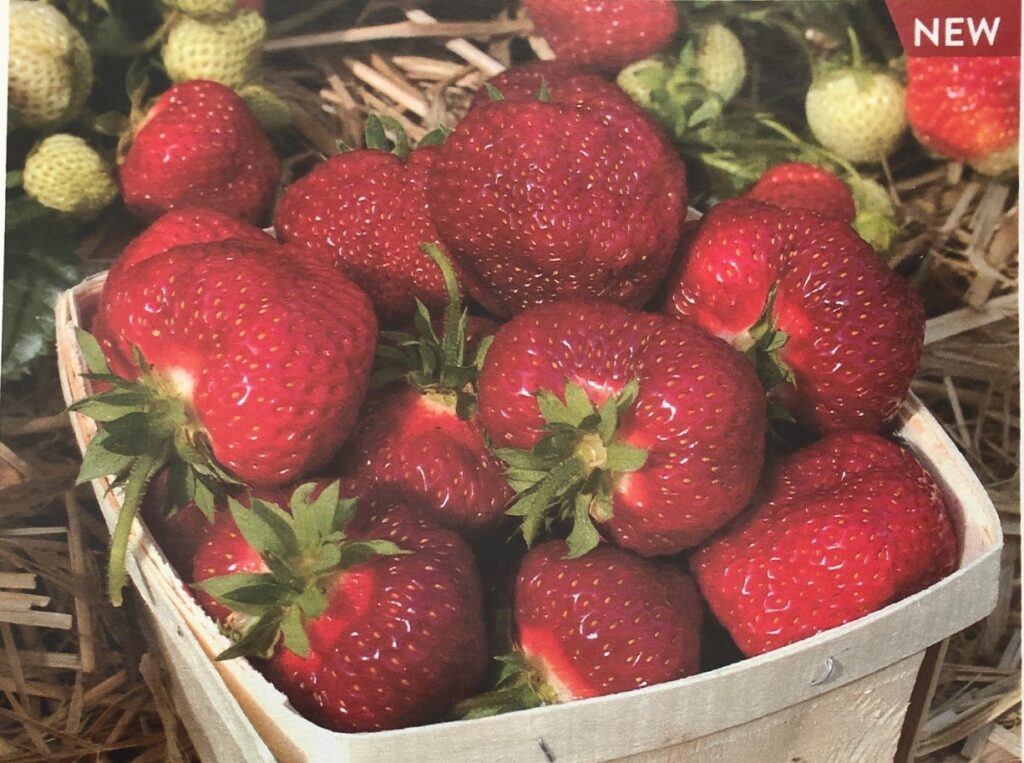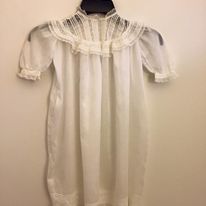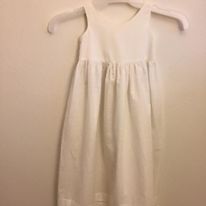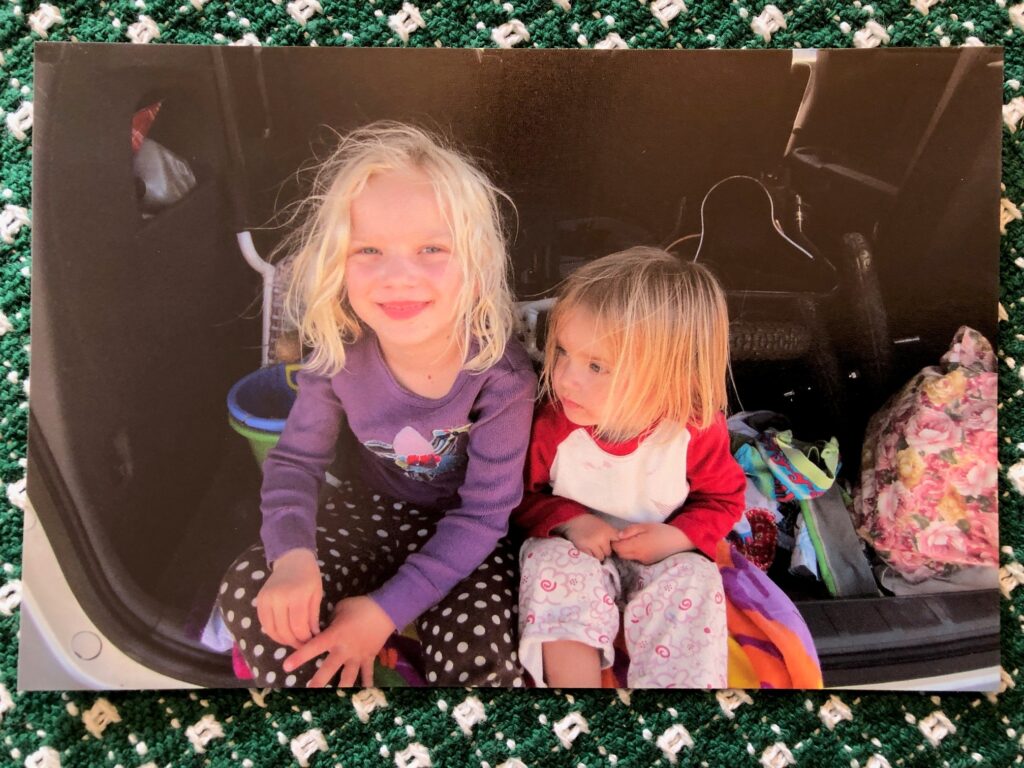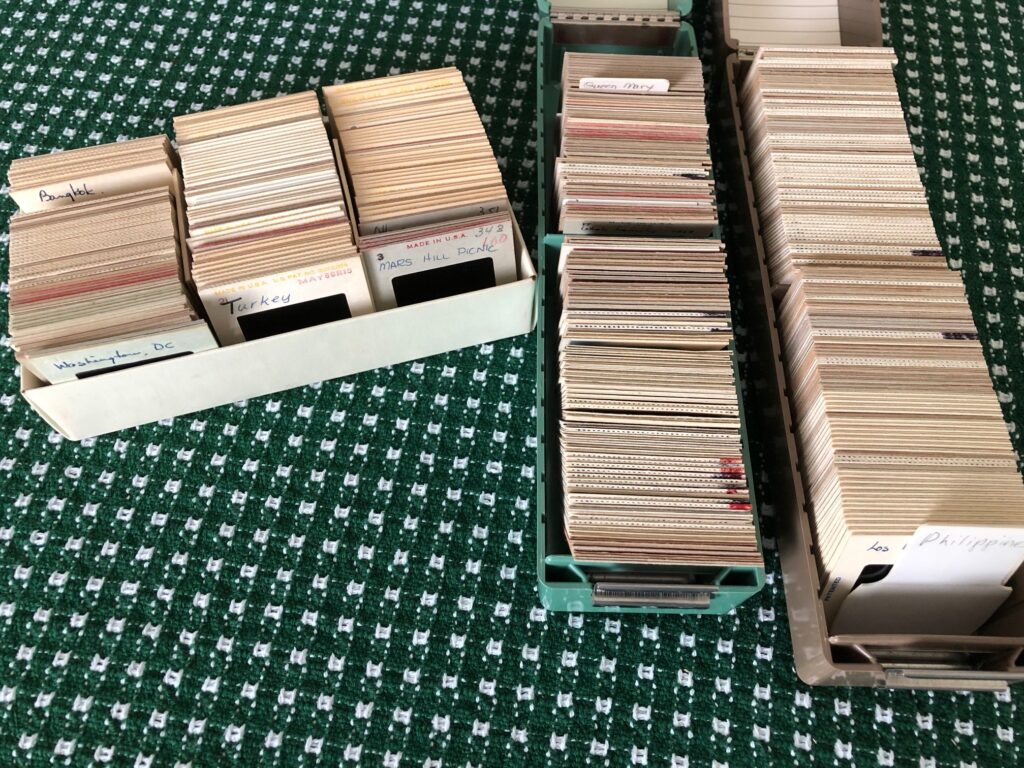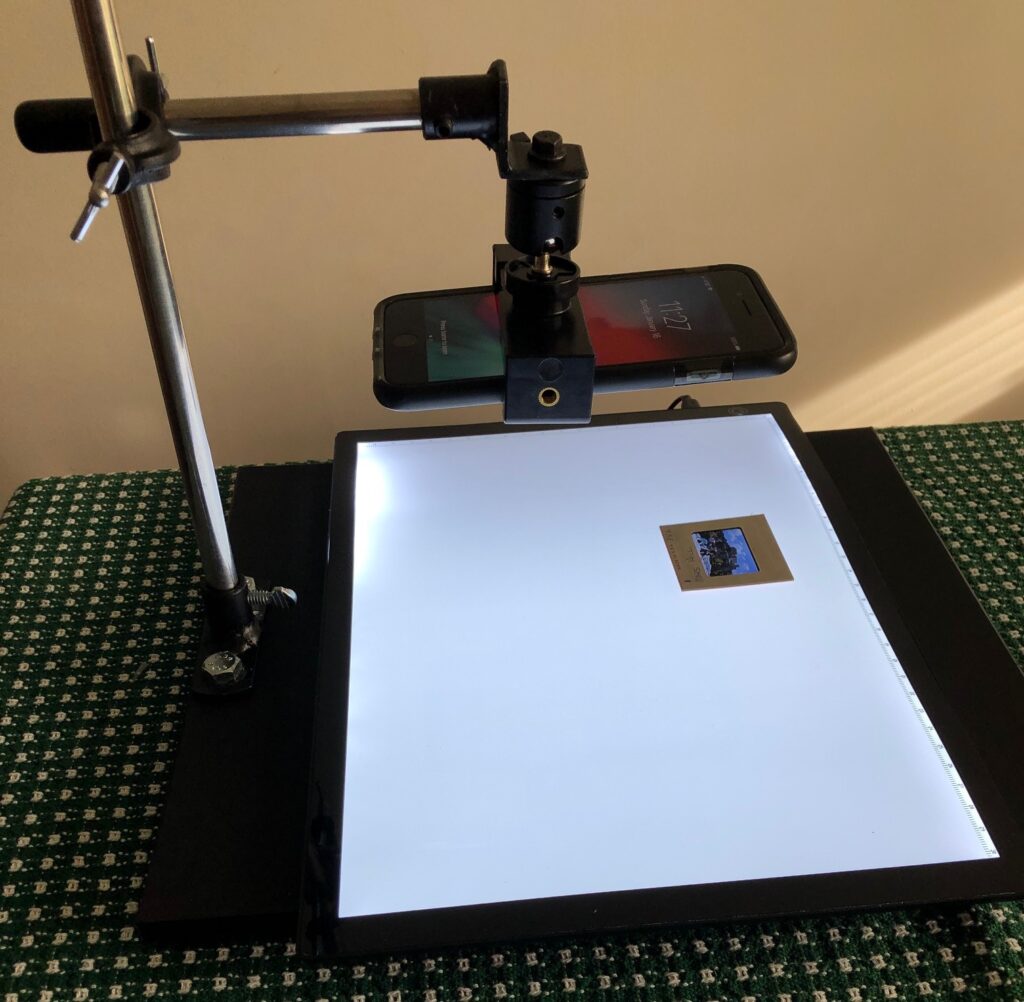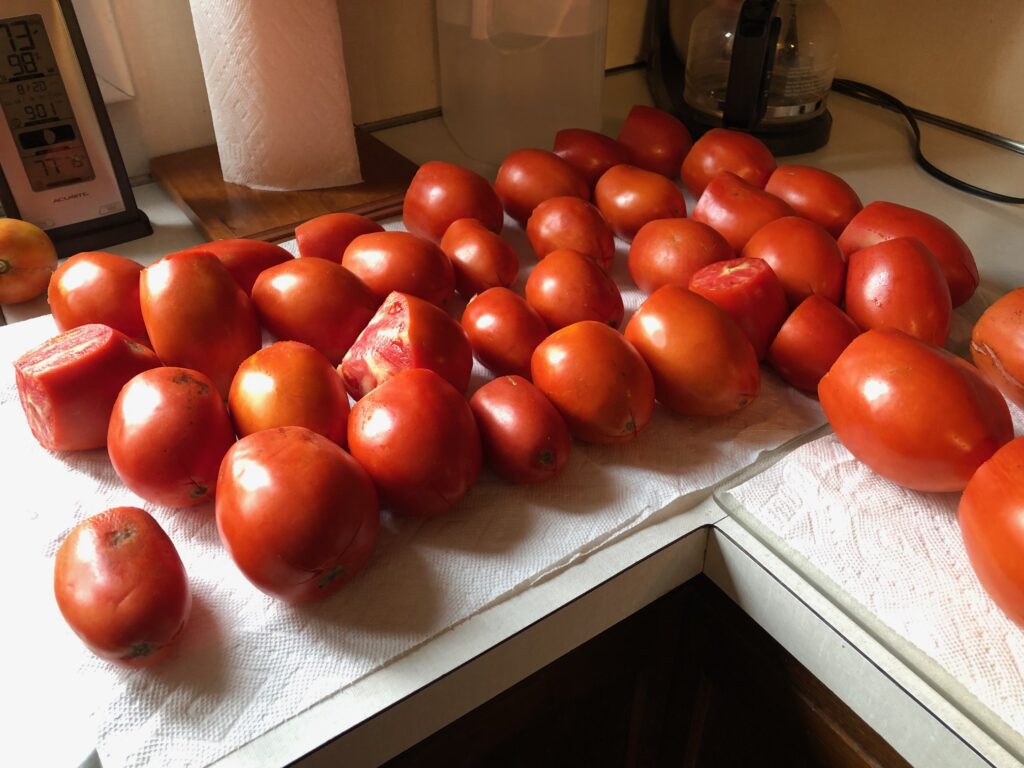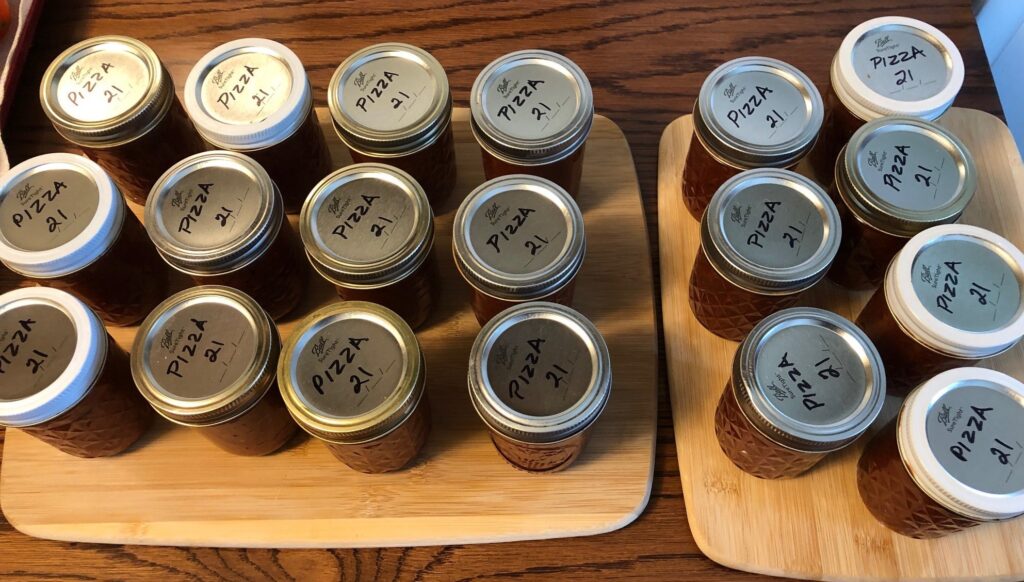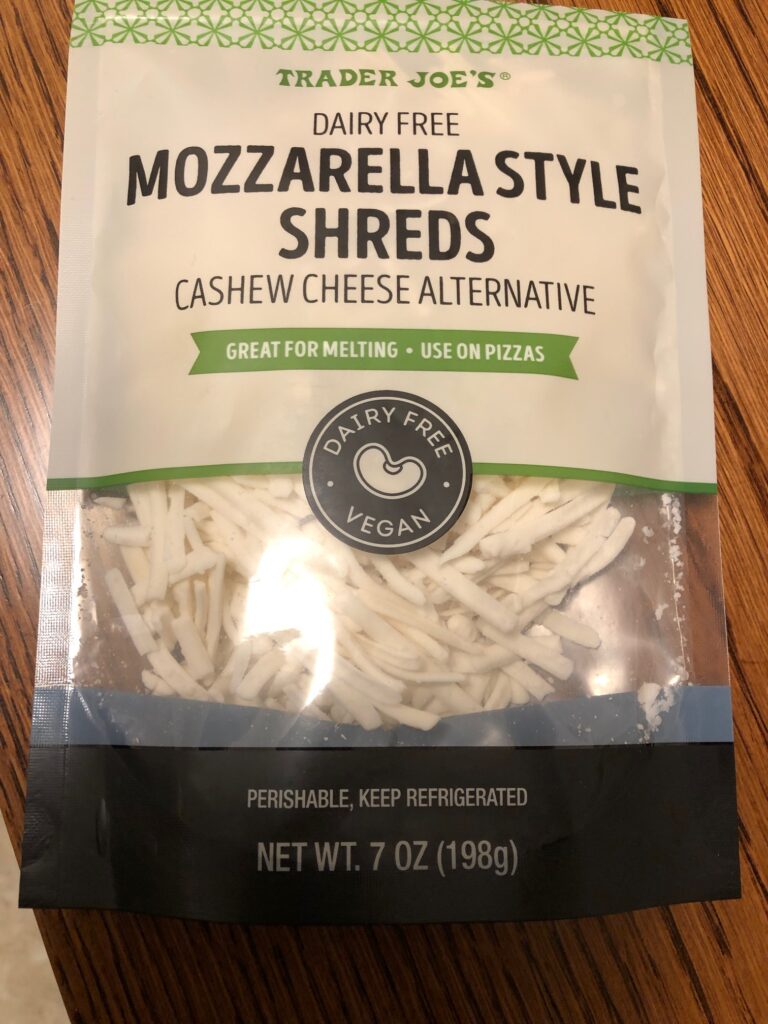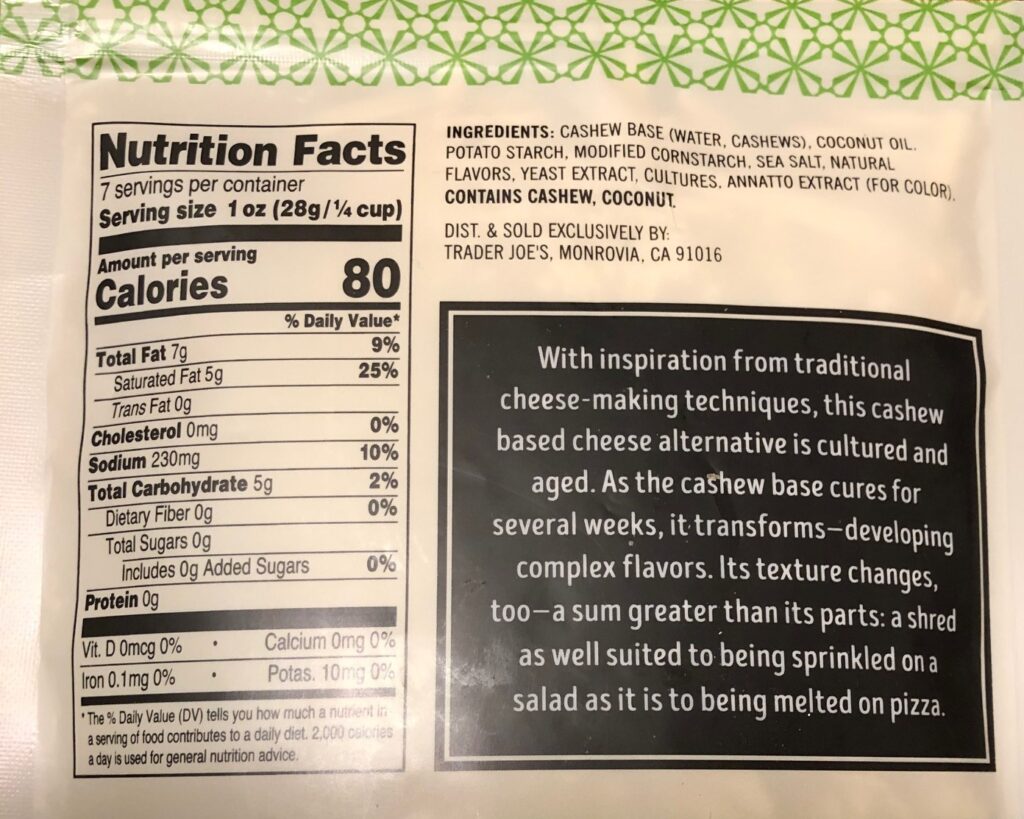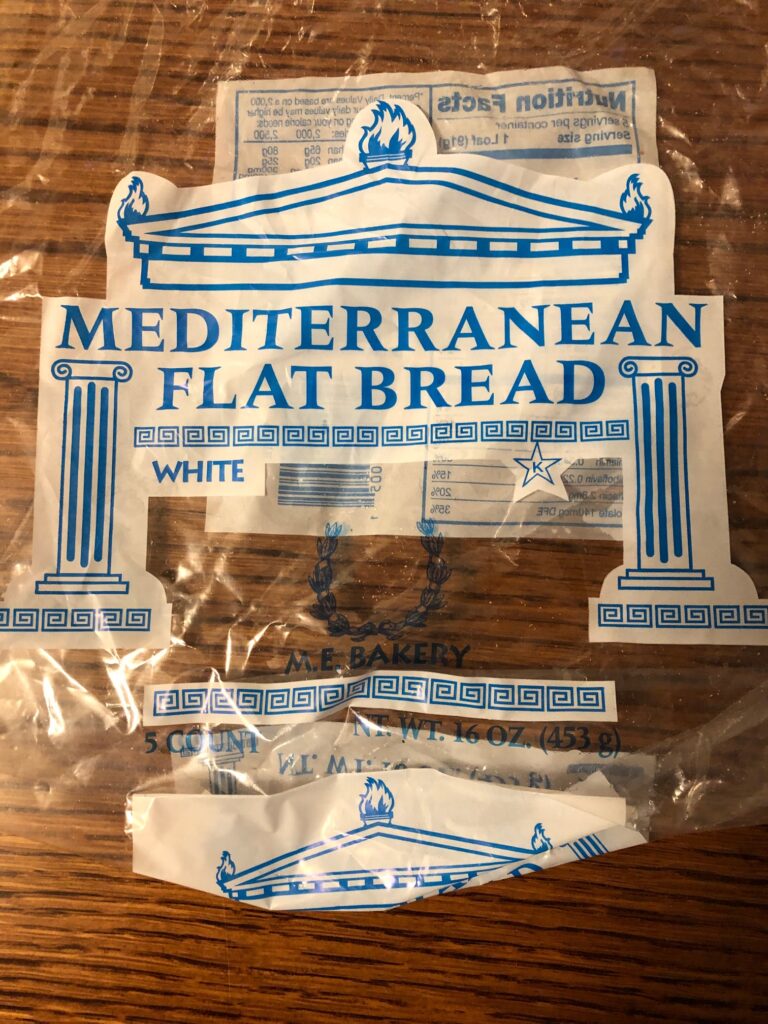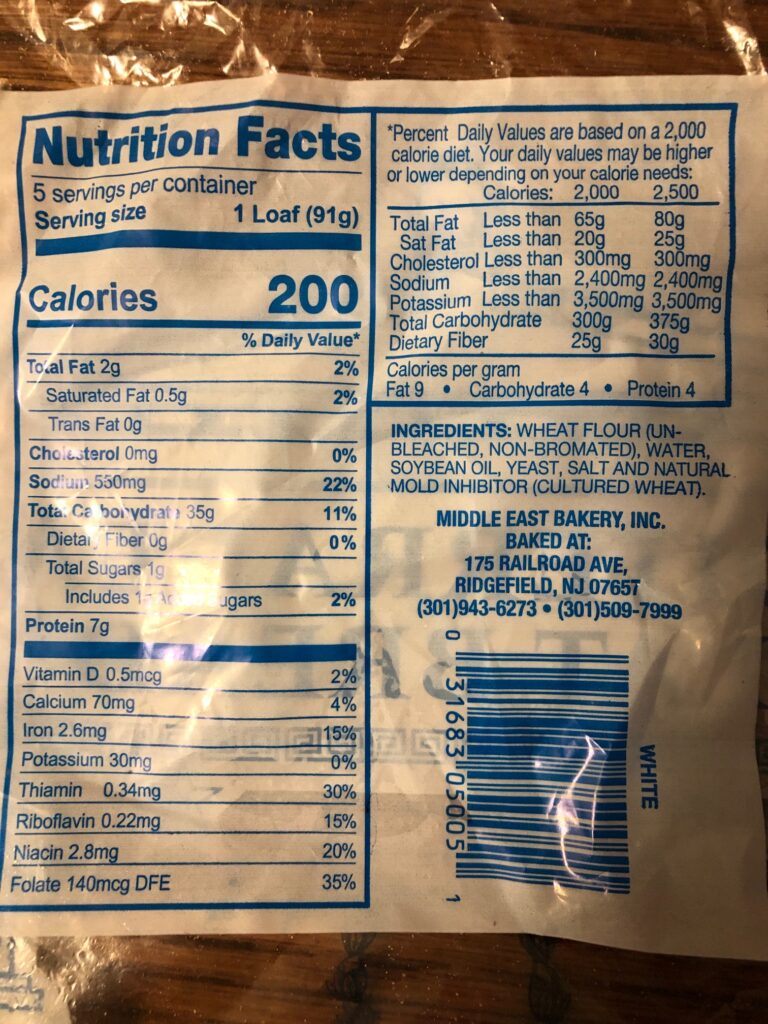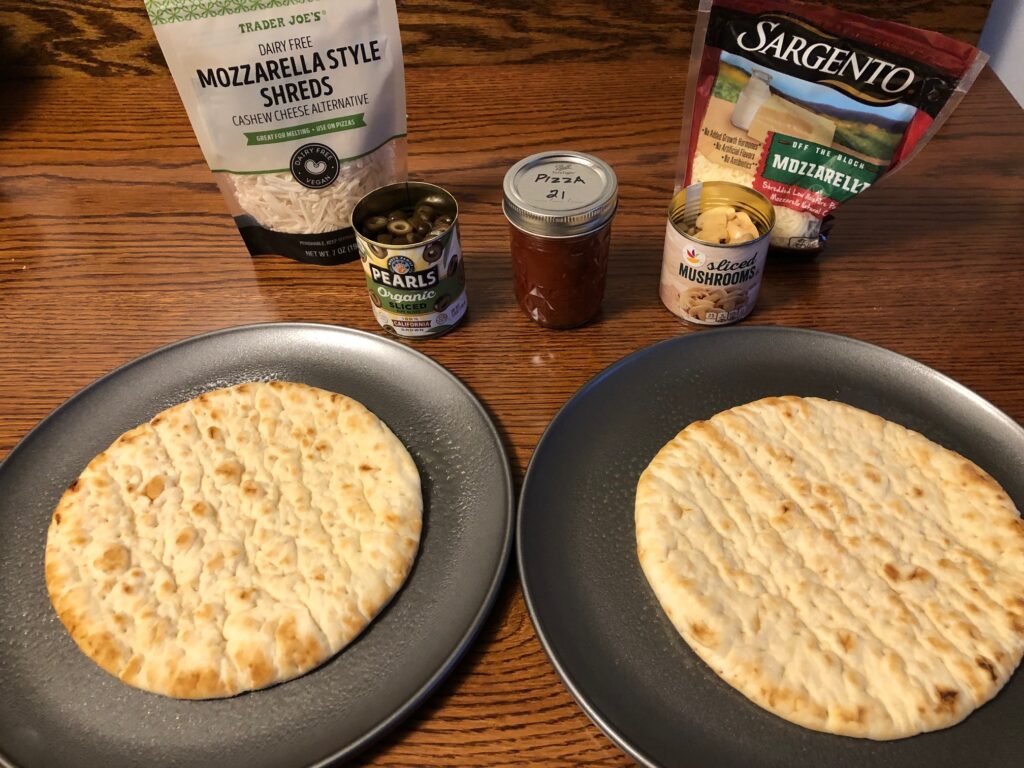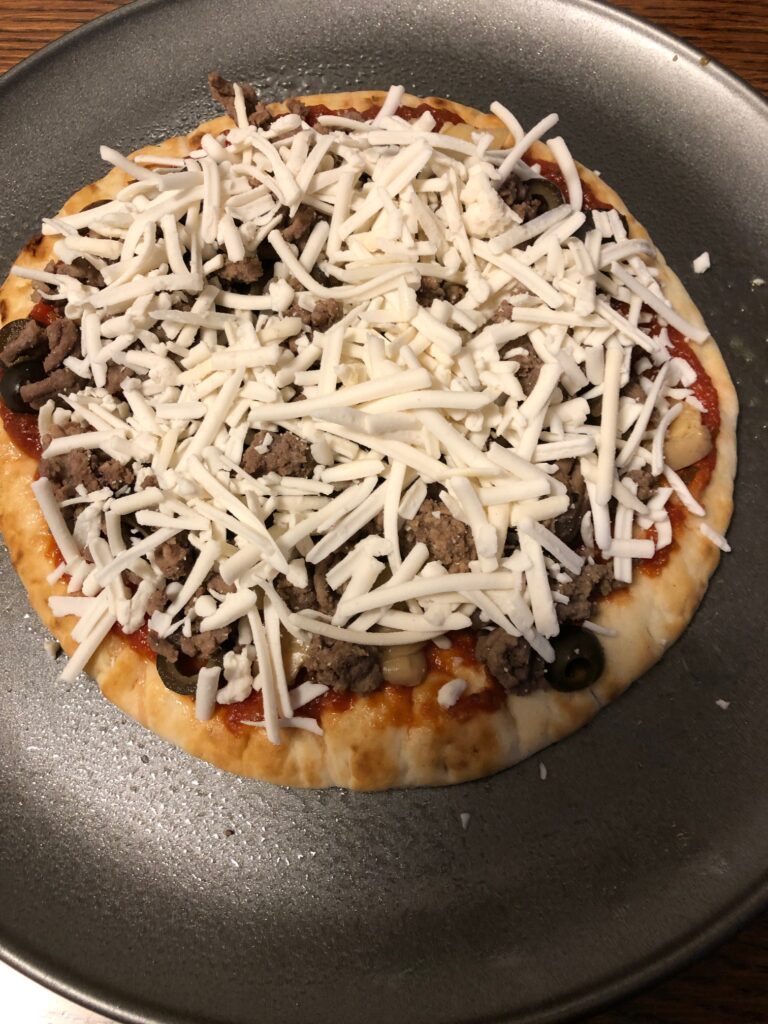A memory from Grandma Mary: Imagine the hottest summer day you can imagine with 95% humidity. I could hardly imagine it, with all of my 9 years of life spent in central Pennsylvania! We’ve had hot summer days but by evening it would start to cool off and 95% humidity meant it must be raining out there! Quite the climate shock for all of us, meaning my family…my parents, my big sister and my brother.
We had recently arrived in the Philippines in 1955 to spend the year while my dad worked at the nearby University of the Philippines on the island of Luzon.

Our house was very open and raised up off the ground to help circulate the air, but it didn’t feel like helped. Basically, I remember being quite grouchy about being so hot…and I even had to go to school in a uniform!


My grouchy frustration included being unhappy that the only room in our house that was air conditioned was my parents’ bedroom.
My sister, brother and I had to sleep under mosquito netting, which was necessary, but made it feel even hotter at night.

Sort of like this, but picture a single bed. I have no idea at this time how the netting was held up, but I had trouble getting under it and then getting it tucked in without ending up all tangled.
One night early in our stay, when I felt like no one understood me (sort of like how all 9 year olds feel at some point), I decided to sneak into my parents’ bedroom and hide under the bed. They wouldn’t even know I was there and I could have one cool night (ha ha)!
Keep in mind, they had single beds too so I had to choose which one I could sneak under. I quickly decided the one where I could hide the best…happened to be my dad’s bed.

I’m sure the bed was not this close to the floor…but it was snug for me! Anyway, I settled in, feeling so smart! I would have a cool night!
I was sure I had fooled them, and they got ready for bed. They did not say anything about my presence. Of course, my dad is a big guy and he sort of flopped into bed, said goodnight and turned out the light. The whole bed sank down until I was left with little room to roll over. Oh my! Not sure this was a good idea. It was a very long night.
I will say, by morning I was convinced that the air conditioning wasn’t worth it. I tiptoed out of the room and got ready for school.
My parents never said a word about my sleep over (or under!), but I’m sure they realized I had learned a lesson. My frustrations seemed to dissipate as the year went on as I settled into the routine of a 9-year-old in 4th grade. That was enough of a challenge!
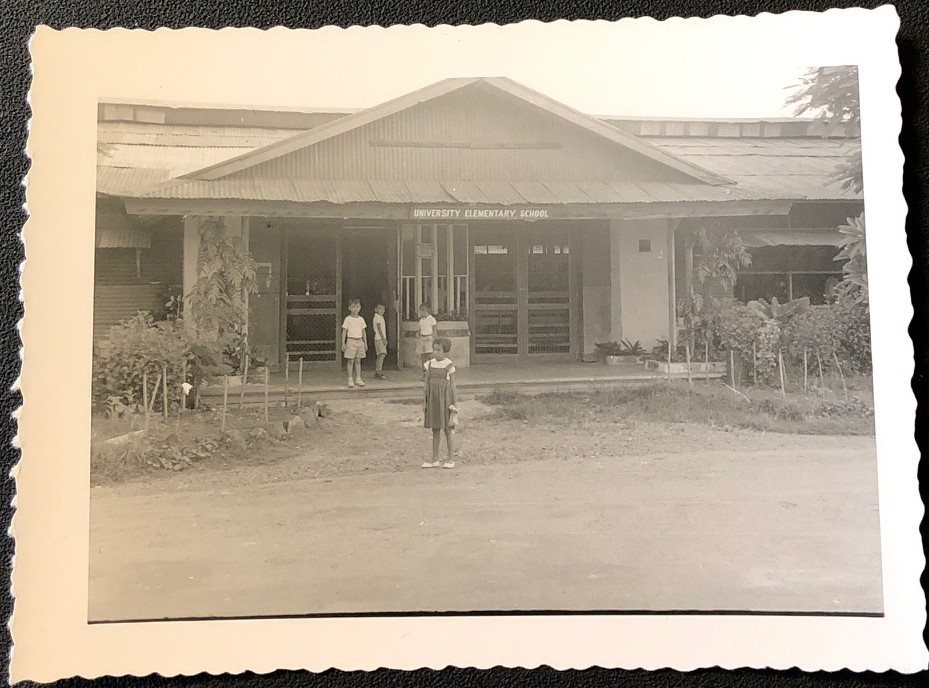

The school year was a challenge for me. Instruction was in English but the students spoke to each in Tagalog so I was left out of their interactions most of the time. I was also painfully shy, so the first half of the year was tough. I will credit the teacher with helping me feel included in school activities. She ended up coming to Penn State in 1961 to get advanced degrees so I got to rekindle our friendship as I got older. She was a very dedicated teacher!
Anyway, nothing like trying to sneak into air conditioning to finally get acclimated to tropical weather. Quite a memory from the past! Enjoy!
Please comment or email me directly at marykisner@comcast.net.

